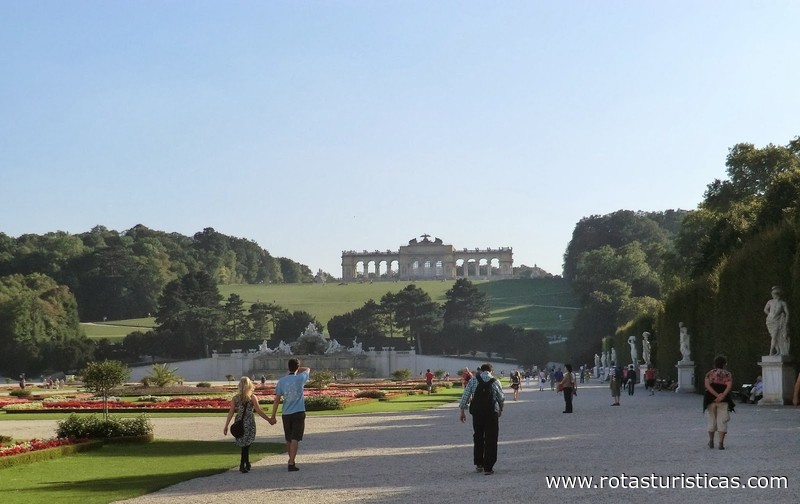Viena, Vienna (state), Austria
Suggest Place to Visit
3381
Track to location with GPS |
 |
The Schönbrunn Palace (in German, Schloss Schönbrunn), also known as the Palace of Versailles in Vienna, is one of Austria's main historical and cultural monuments. It is located in Hietzing, Vienna's 13th district. Its name derives from a phrase attributed to the emperor Matias, who would have "discovered" a well while hunting there, exclaiming "Welch 'schöner Brunn" ("What a beautiful spring").
Built as a residence for Empress Eleonora Gonzaga between 1638 and 1643, it was severely damaged during the second Turkish siege of Vienna in 1683. In 1687, Leopoldo I commissioned Johann Bernhard Fischer to build a new representative building for his successor, José I.
The palace and park were only rebuilt and expanded to their current form in 1743, under the empress Maria Teresa, by Nikolaus von Pacassi and Johann Ferdinand Hetzendorf von Hohenberg.
The Baroque palace was the summer residence of the Austrian imperial family from the mid-18th century to the end of World War II. During this period, the building was inhabited almost continuously by several hundred people from the vast court, becoming a cultural and political center of the Habsburg empire. Here he lived until 1817, the date of his marriage to the future Brazilian emperor Pedro I, the archduchess D. Leopoldina of Habsburg, who played such a big role in the independence of Brazil.
Schönbrunn has been one of the main tourist attractions in the city of Vienna since the 19th century, being one of the most important and most visited cultural monuments in Austria. The palace and its park of about 160 ha has been classified since 1996 as part of the World Heritage by UNESCO. It has appeared on postcards, documentaries and several cinematographic productions. One of the main attractions of the palace park is the Tiergarten Schönbrunn, the oldest zoo in the world, with its 16 ha.
On the slope of a 60-meter-high hill located on the floodplain of the Vienna River (Wienfluss), the Khattermühle, one of several windmills in the region, is mentioned for the first time in 1311. In 1312, it moved, together with the surrounding area, to the Klosterneuburg Monastery and, after several changes of owner, it was acquired in 1548 by the future Vienna burgomaster Hermann Bayr, who built his manor house, called the Katterburg near the mill. or Gatterburg.
On October 8, 1569, Emperor Maximilian II acquired the wide land of Katterburg, which stretched between Meidling and Hietzing, surrounded it and supplied it with birds, red deer and wild boar to use it in hunting. He created fish tanks and kept exotic birds, such as turkeys and peacocks, in a separate area. The so-called Fasangarten (Jardim dos Faisões), located at the rear of the property not accessible to the public, suggests this to this day. The mill was dismantled the following year, and the construction of a palace on the site is not yet planned: at that moment, Maximiliano fixed his attention on the other side of the city, with the construction of the Schloss Neugebäude, where he installed a ménagerie (zoological park).
When Eleonora Gonzaga, widow of Fernando II, received the property of his stepson Fernando III as a widow's dowry, he had a building erected there, between 1638 and 1643, where he could give receptions consistent with his status. At the time, "a hundred foreign trees, including 24 sour orange trees" are also mentioned for the first time, initiating a first orangery, and in a letter of 24 January 1642 related to a supply of wood, it appears for the first time the term Schönbrunn.
In 1683, the building was almost completely destroyed during the second Turkish siege of Vienna. Although Eleonora Gonzaga, empress-widow of Fernando III and great-niece of the previous one, requested the restoration of at least two rooms and a hall, this would not happen due to his death, which occurred in 1687.
There were no construction projects on the property until 1687, when Emperor Leopoldo I had a new representative palace designed for his heir, the future Emperor José I. Newcomer from Italy Johann Bernhard Fischer, who later became known as Fischer von Erlach , initially presented, in 1688, a very pompous and utopian plant, joining ancient and contemporary ideals, which would have exceeded the Palace of Versailles but would be financially unfeasible.
According to Fischer von Erlach's project, 1693.
Instead of the initial plan, the architect was charged, in 1693, with building a much less ambitious project; the second drawing provided for a smaller and more realistic building. The palace was built between 1696 and 1701 on the ruins of the previous building and was inhabited from 1700. Fisher was knighted in 1696, but the project continued to be built until 1705 due to the War of Spanish Succession and was not completed in the form intended.
The masons received orders from the Viennese master Veith Steinböck and Thomas Schilck, both from Eggenburg in Lower Austria, to work the Zogelsdorf stone, by the master Georg Deprunner, by Loretto (then in Hungary) and by the master Hans Georg Haresleben, by Kaisersteinbruch. The Emperor's stone (Kaiserstein), a hard limestone, was used in the palace for supporting architectural elements.
Few parts of the first palace survived the following century, as each emperor added or slightly altered the building, both outside and inside.
Carlos VI showed little interest in Schönbrunn; however, he gave it to his daughter Maria Teresa, who chose the property for her summer residence, functions that she would maintain until 1918. Between 1743 and 1749, the empress sent her court architect Nicolò Pacassi, who also worked at the Hofburg, proceed to a remarkable reconstruction and expansion according to the dictates of the Rococo style. In this process, for example, frescoes by Johann Michael Rottmayr were lost.
The administration of the imperial court paid for the masonry work for the reconstruction, between 1750 and 1752, to the masters Matthias Winkler, Ferdinand Mödlhammer, Gabriel Steinböck and Johann Baptist Regondi. Regondi stocked himself with the hard kaiserstein in the imperial quarries for all the steps of the blue staircase of representation, the staircase of the chapel, the spiral staircase and the great white staircase, an imposing staircase for the court with stone balustrade, as well as the outside staircase on the garden side.
Most of the interior also dates back to the time of Maria Teresa, being almost the only example of a true Austrian rococo.
In a side wing of the palace there is the Schlosstheater (palace theater), which opened in 1747 and where Joseph Haydn and Wolfgang Amadeus Mozart stepped, among others.
Gloriette seen from the source of Neptune.
In 1765, Johann Ferdinand Hetzendorf von Hohenberg, an advocate of early classicism, introduced that style to the court, but Maria Teresa contained more structural changes over the seven years after her husband's death that same year. This situation continued until 1772. The most striking work after that period is Gloriette, built in 1775 at the top of the hill, which consists of an arcade located on the hill above the palace, visually completing the palace garden. Designed as a Memorial to the Just War (the one that leads to peace) in the place where the main building in the original plan of Fischer von Erlach and a Belvedere in the second project should appear.
Linked to the construction of Gloriette, there is a note by Maria Teresa which reads: There is an old gallery in the Neugebau (Schloss Neugebäude) with stone columns and cornices, which is not used, (…) I decided to allow its disassembly from there and be brought to Schönbrunn. They removed the gallery and the columns - all done in high quality kaiserstein - and used them for the columns, interior of the arches and entablature, as well as for the steps, by Gloriette. As already said, in 1775 this work was finished. Its facade has been covered, since the time of José II, with the yellow prototype of Schönbrunn (Schönbrunnergelb).
At the end of the so-called "Teresian era", Schönbrunn Palace was a vigorous center of the Austrian Empire and the imperial family.
In 1805 and 1809, Napoleon remained with his entourage at Schönbrunn Palace, while the French occupied Vienna. In 1830, Francisco José was born in the palace, which would be proclaimed as emperor at the age of 18. In 1832, Napoleon's son, known in Austria as Duke of the Imperial City (Herzog von Reichstadt), died at the age of 21.
The name of emperor Francisco José I was closely linked to Schönbrunn. This sovereign used the palace as a summer residence and for many years left there to work at the Hofburg, where he also lived during the winter. In his later years he lived and ruled at Schönbrunn Palace throughout the year, dying there, his own room, on November 21, 1916. Throughout his reign, Schönbrunn Palace was seen as a Gesamtkunstwerk (total art work) and remodeled according to its history. His successor, Carlos I, signed here, on November 11, 1918, his resignation to "any participation in the affairs of the State" (auf jeden Anteil an den Staatsgeschäften), he removed his imperial and royal government (kaiserlich-königlich - kk) and left the palace, now in state ownership, that same night with his family.
Roman ruins in the garden (photo from 2004)
Following the fall of the monarchy in 1918, the newly founded Republic of Austria became the owner of Schönbrunn Palace, having preserved, as a museum, the beautiful rooms and chambers.
A proposal by the "Friends of the Children of Vienna" (Wiener Kinderfreunde), presented by its president, Max Winter (then vice-burgomaster), in 1919 to the city council, so that two wings (Valerietrakt and Kavalierstrakt) were available for 350 children , many of them war orphans, and for the association's nursery to be created, was only partially attended to: Kavalierstrakt remained reserved for Christian-social associations. That same year, two workers' councils violently confiscated the Gartendirektorstöck spaces, through the Hietzing Gate, to accommodate the Hietzinger Bezirksarbeiterrat (circumscription of the Hietzing workers council). The judicial execution of the eviction took five years.
In 1919, due to the Habsburg Law (Habsburgergesetzes), the palace area came under the management of the Republican State from the federal government of 1920 (current supervisory authority: Ministry of Economy).
High-ranking politicians received apartments in the palace from the state, but soon also disabled from war. The invalid's home was dissolved in 1922. However, its occupants did considerable damage to the furniture. Scouts had three rooms available in the eastern part between 1924 and 1935.
After World War II and during the Allied occupation of Austria (1945-1955), the Schönbrunn Palace, which was empty at that time, was required to provide offices for both the British delegation and the Allied Commission for Austria, in addition to to serve as headquarters for the small British military garrison in Vienna.
It was later used for important events such as the 1961 encounter between John F. Kennedy and Nikita Khrushchev.
UNESCO included the Schönbrunn Palace on the Cultural Heritage List of Humanity in 1996, together with its gardens, as a remarkable Baroque ensemble and an example of a synthesis of the arts (Gesamtkunstwerk). The palace complex includes sceneries of fake Roman ruins and an orange grove, an important luxury of European palaces of its kind.
A large public labyrinth is located in the large gardens of the palace. The entrance ticket allows you to enter the maze, as well as a set of exterior puzzles, including a math game and a series of fonts.
The park's French Gardens were designed, in 1695, by Jean Tréhet, a student of André Le Nôtre. The park comprises false Roman ruins and an orange grove, a hallmark of the luxury palaces of that time. The top of the park is occupied by Gloriette, a building in Neoclassical style, designed by Ferdinand von Hohenberg, from where you have a panoramic view of the palace and the city of Vienna.
Comments
We don´t have yet any comments about:
Schönbrunn Castle
Schönbrunn Castle
Be the first to leave a comment as it is very important to inform other people
Outros locais a visitar
Within a radius of 20 km from:Schönbrunn Castle
Pabellón del Tribunal de Otto Wagner (Hietzing) (Viena) |
| 0,6 Km |
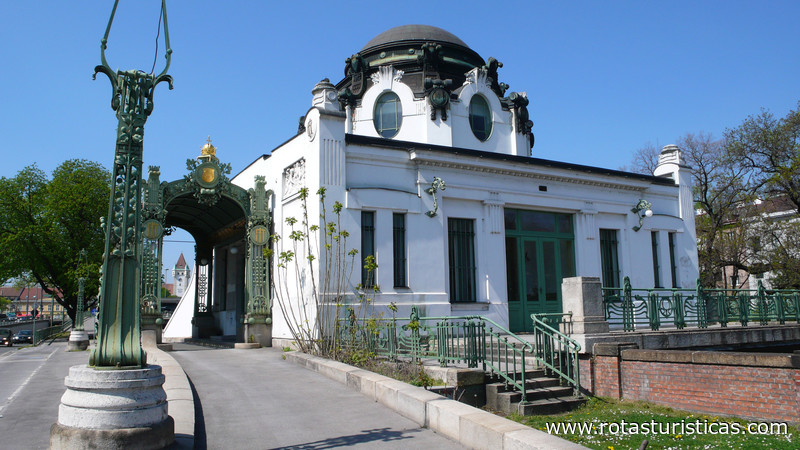 |
Zoológico de Schönbrunn (Viena) |
| 0,8 Km |
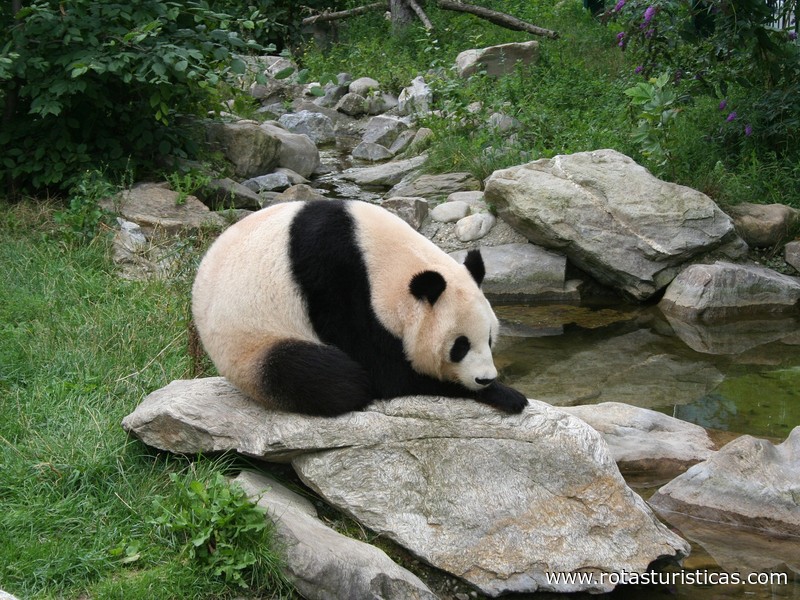 |
Museo Técnico de Viena |
| 0,8 Km |
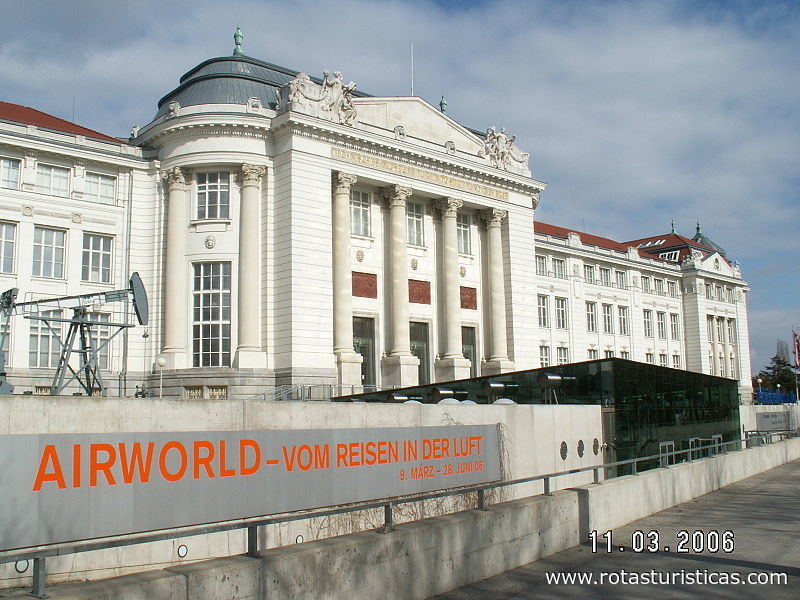 |
Antigua Viena Schnapsmuseum (Viena) |
| 1,9 Km |
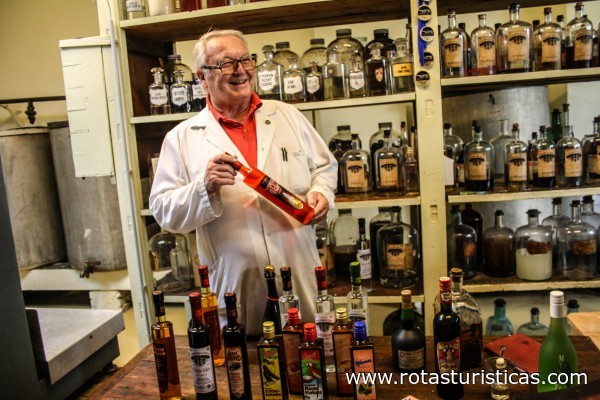 |
Centro de Westlich para fotografía (Viena) |
| 2,9 Km |
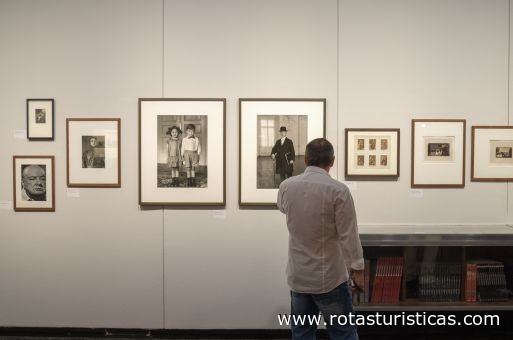 |
Colección de muebles imperiales |
| 3,0 Km |
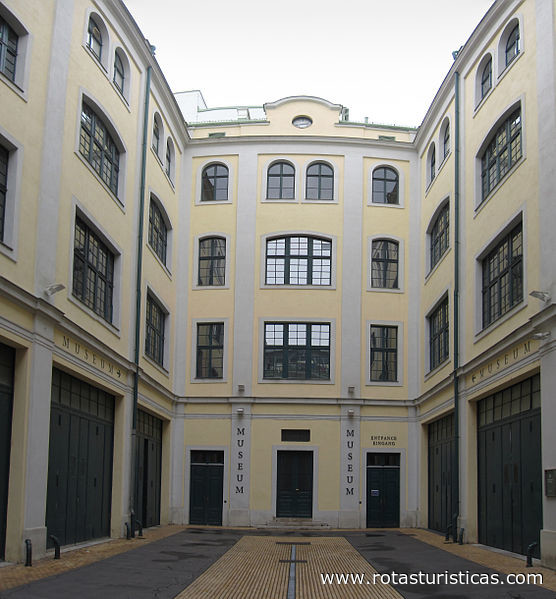 |
Museo de la Sociedad y la Economía de Austria |
| 3,3 Km |
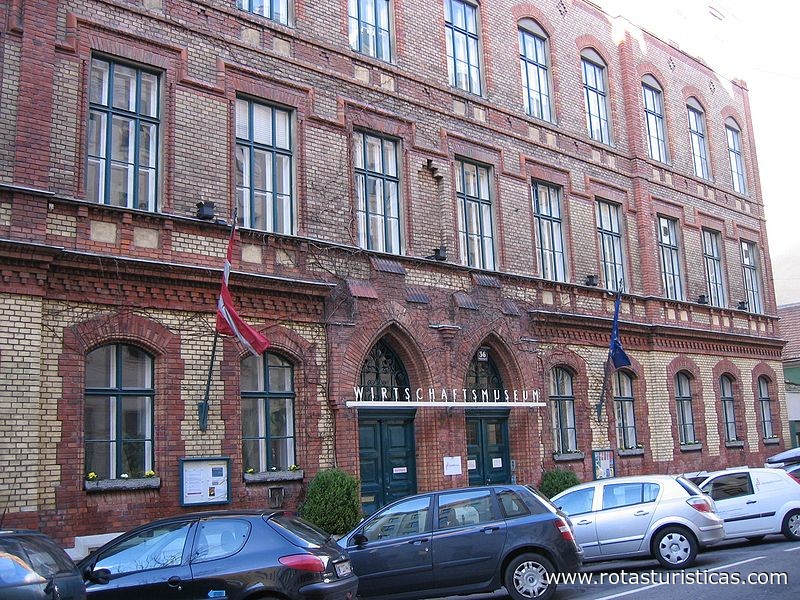 |
Museo de la Tortura (Viena) |
| 3,3 Km |
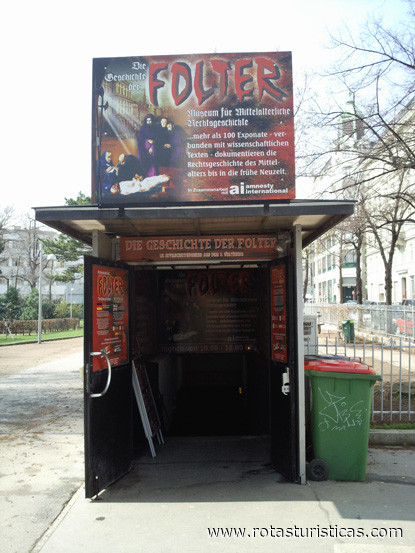 |
Casa del Mar |
| 3,3 Km |
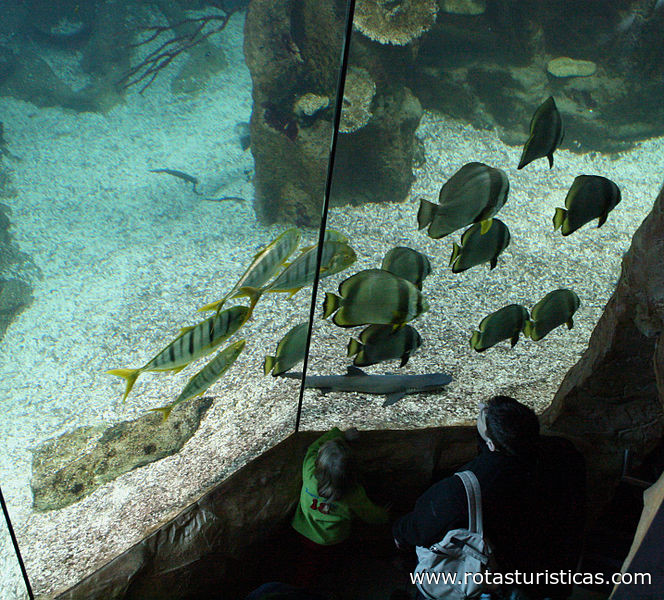 |
Observatorio Kuffner (Viena) |
| 3,5 Km |
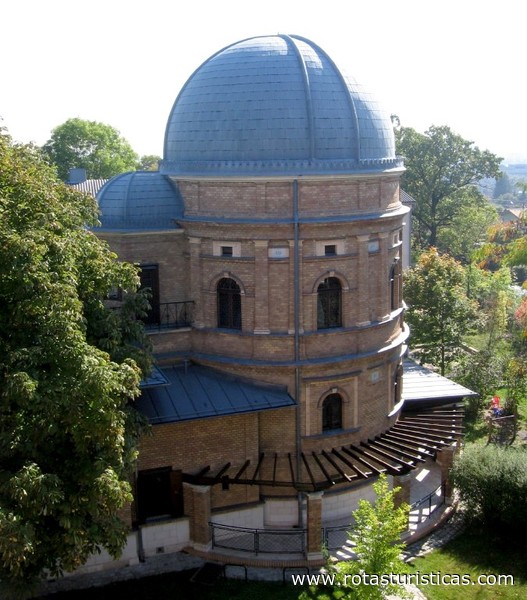 |
Museo de los Zapatos de Viena (Viena) |
| 3,7 Km |
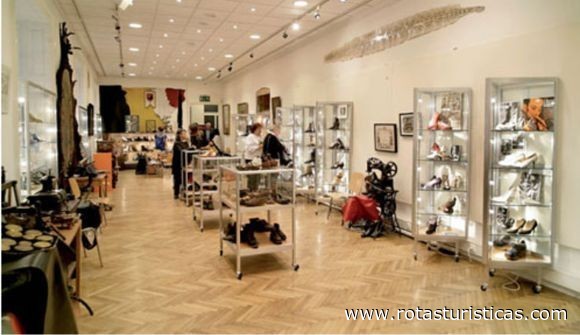 |
El Museo del Tercer Hombre (Viena) |
| 3,9 Km |
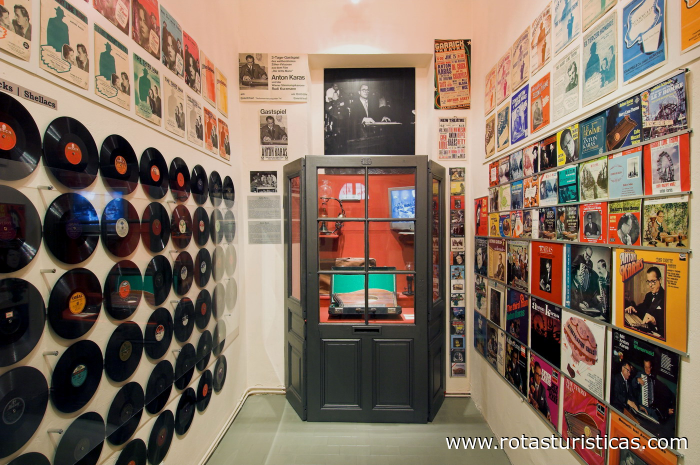 |
Kunsthalle Viena |
| 4,0 Km |
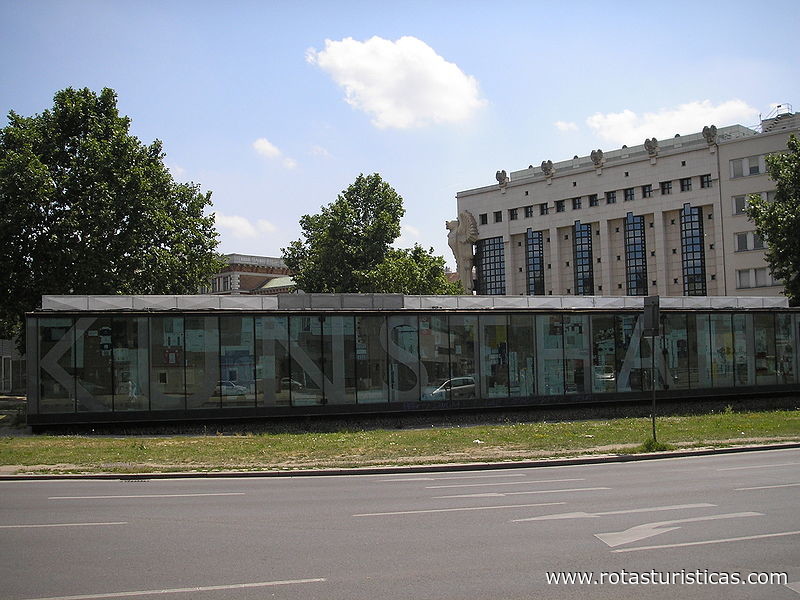 |
Mumok |
| 4,0 Km |
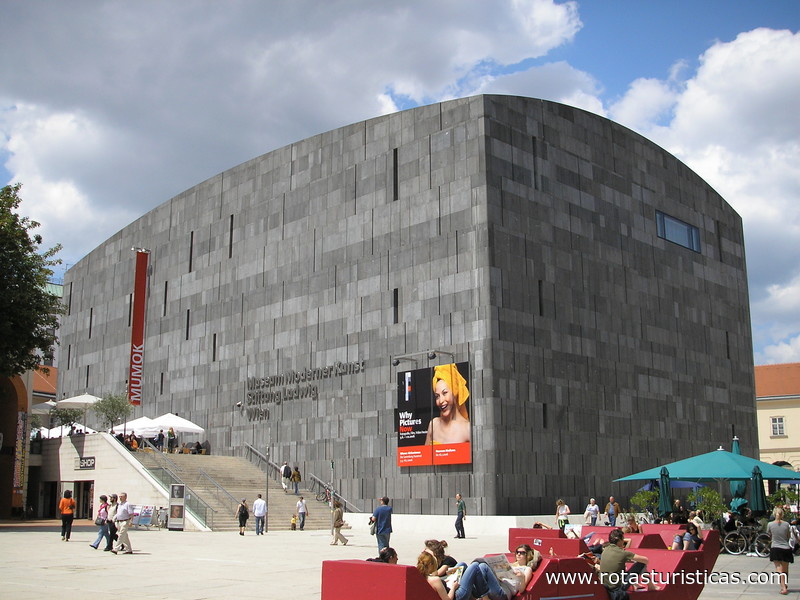 |
Museo Leopold |
| 4,0 Km |
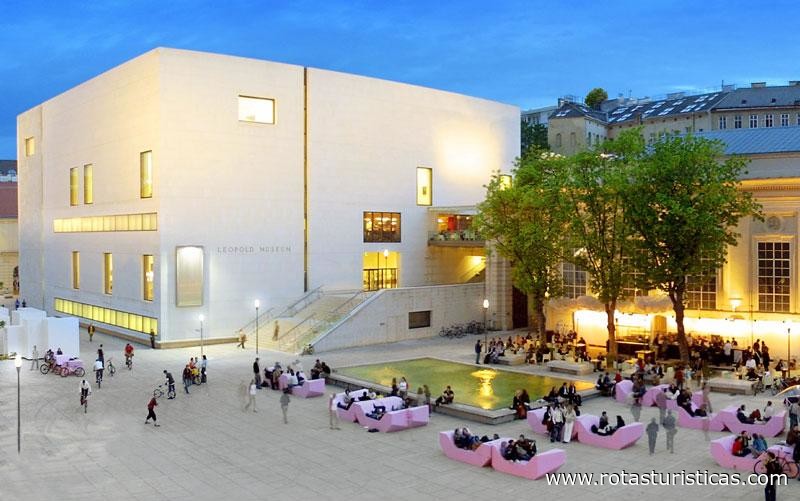 |
Architekturzentrum Wien |
| 4,0 Km |
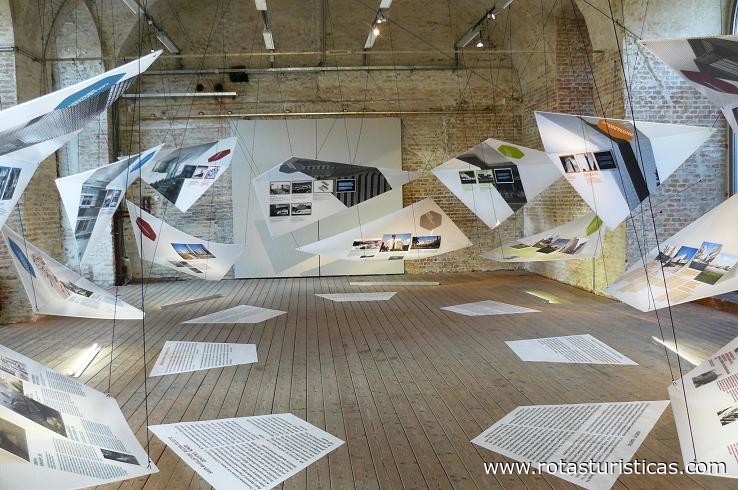 |
Barrio de los Museos (Viena) |
| 4,0 Km |
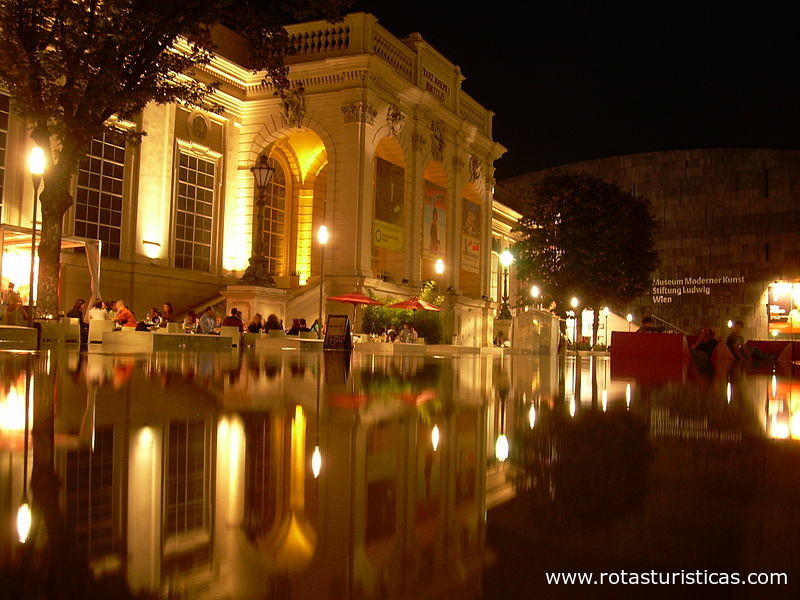 |
Antigua panadería (Viena) |
| 4,1 Km |
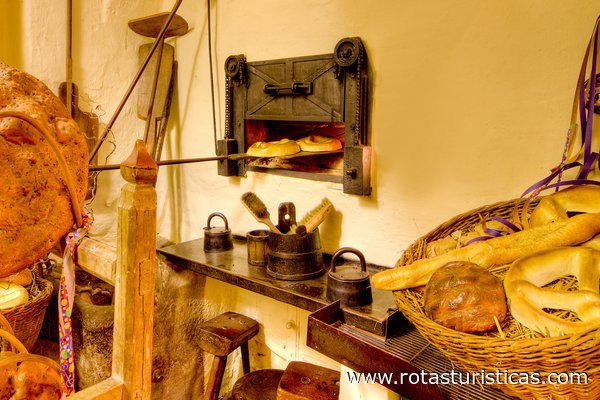 |
Museo de Historia Natural de Viena |
| 4,2 Km |
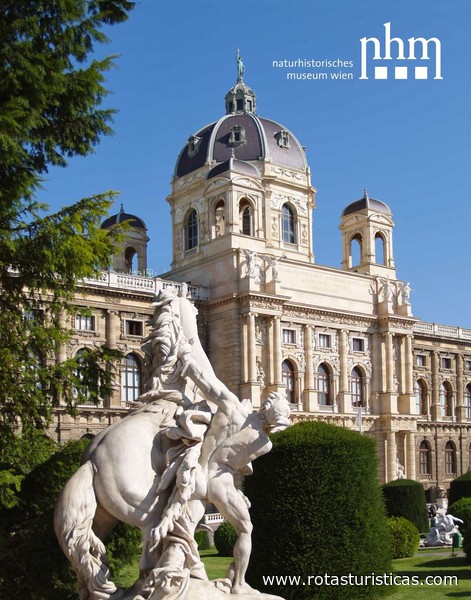 |
Museo de Historia del Arte (Viena) |
| 4,2 Km |
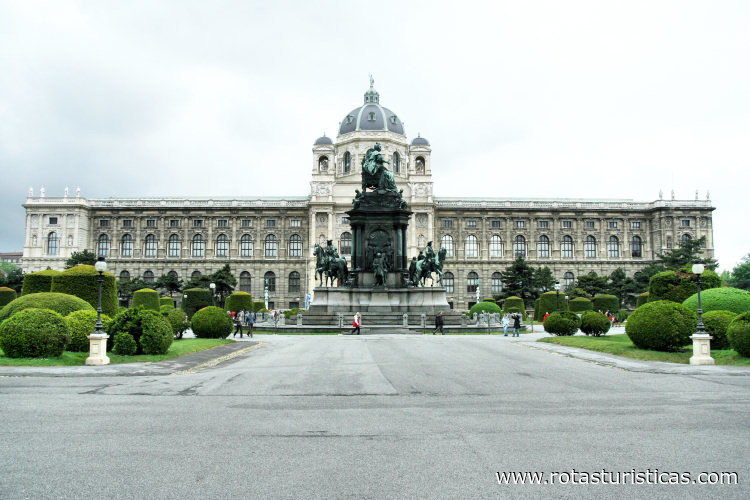 |
Museo Kunsthistorisches |
| 4,2 Km |
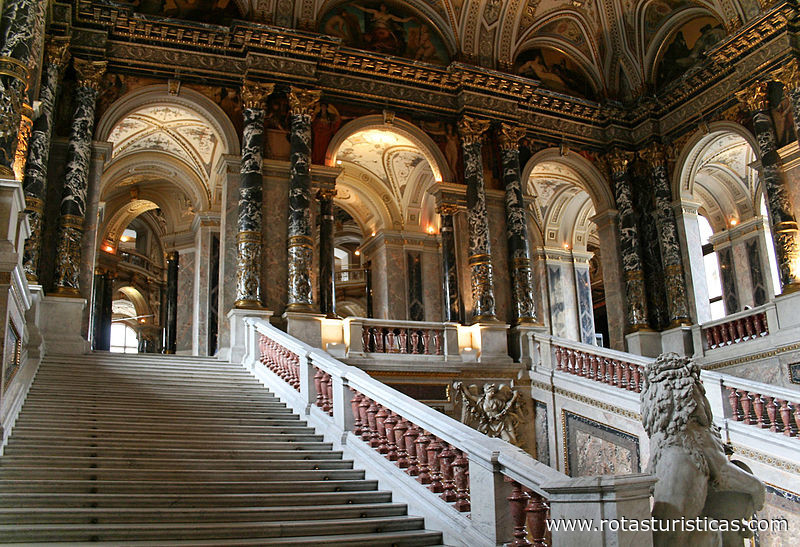 |
Fundación Generali |
| 4,3 Km |
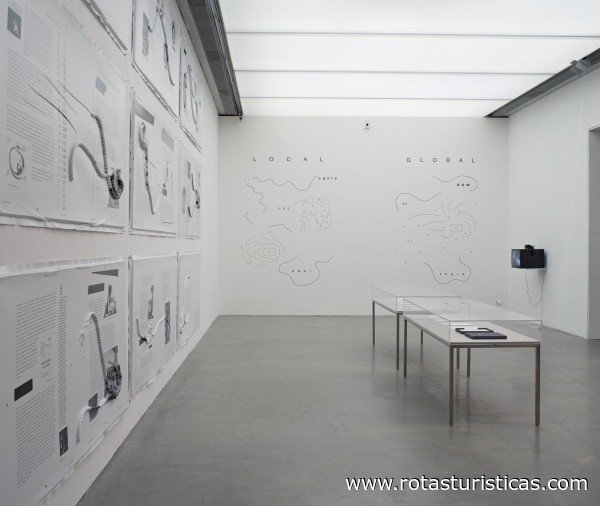 |
Parlamento de Viena |
| 4,3 Km |
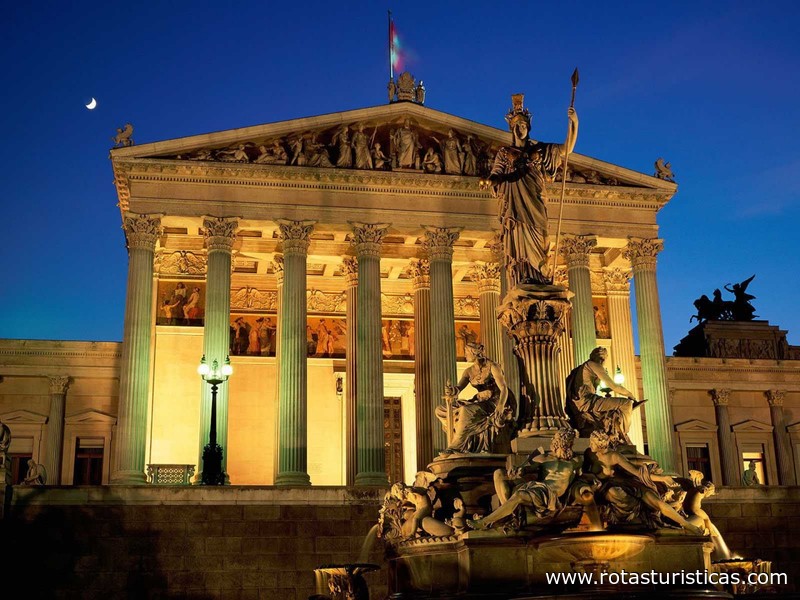 |
Edificio de la Secesión (Viena) |
| 4,3 Km |
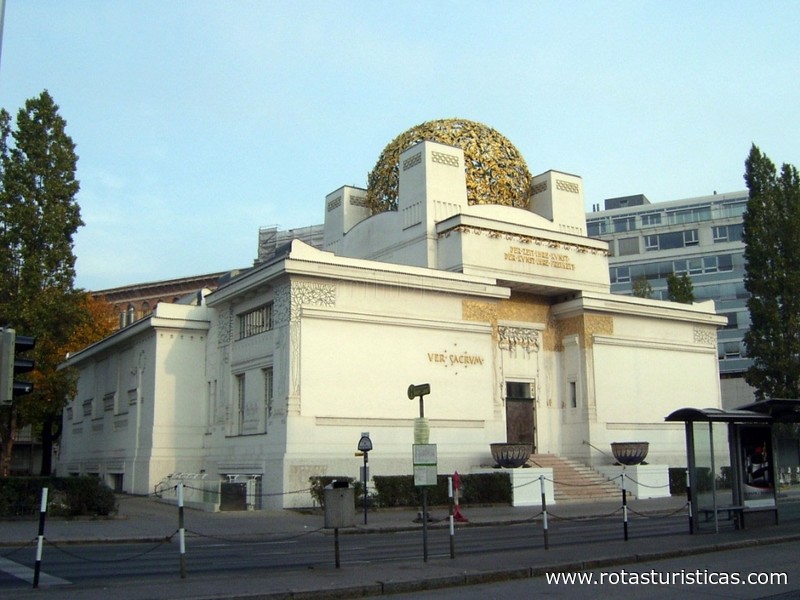 |
Academia de Bellas Artes (Viena) |
| 4,3 Km |
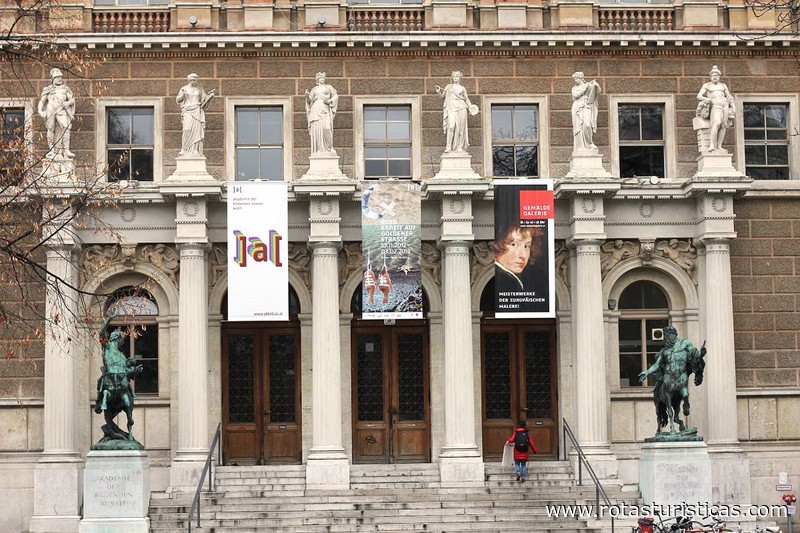 |
Museo Mundial de Viena |
| 4,4 Km |
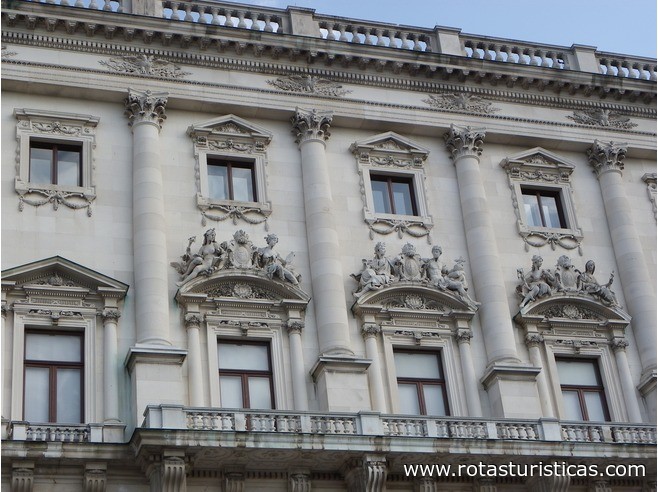 |
Museo Ephesus (Viena) |
| 4,5 Km |
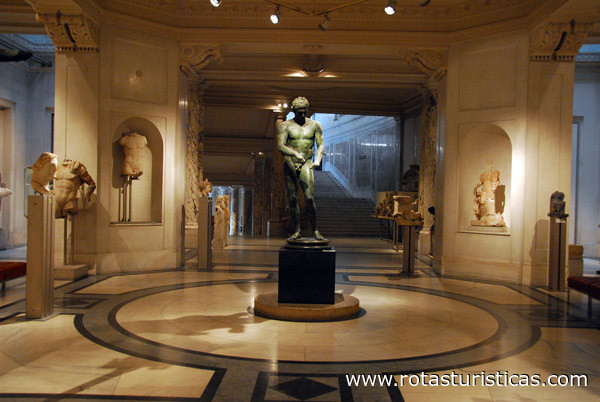 |
Colección de armas y armaduras (Viena) |
| 4,5 Km |
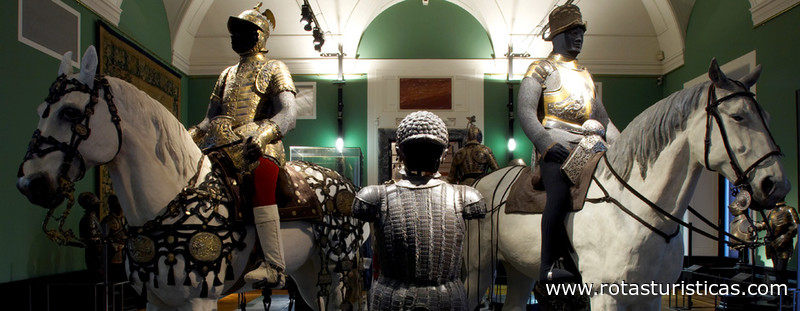 |
nuevo castillo |
| 4,5 Km |
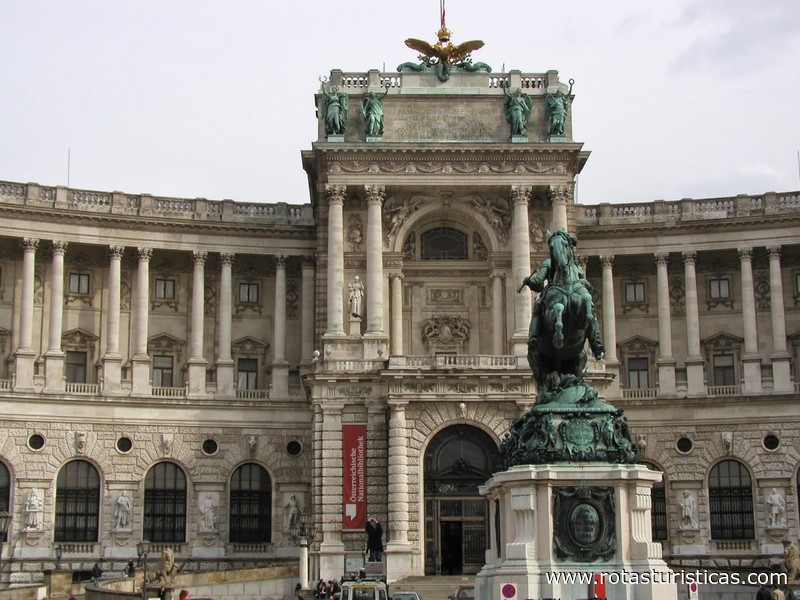 |
Museo del Papiro (Viena) |
| 4,5 Km |
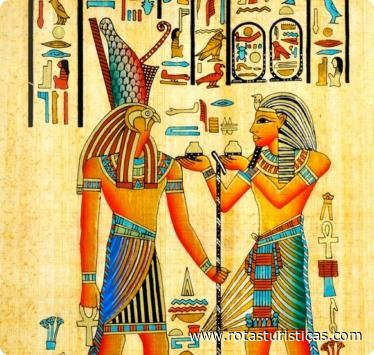 |
Museo de la Ópera Estatal de Viena (Viena) |
| 4,6 Km |
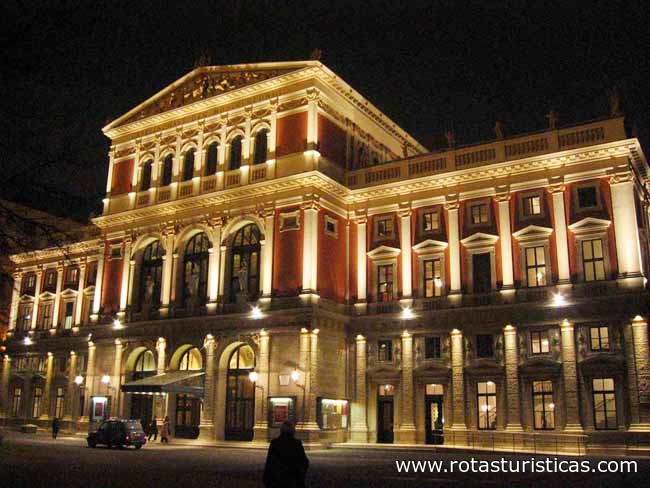 |
Teatro Nacional de Viena (Austria) |
| 4,6 Km |
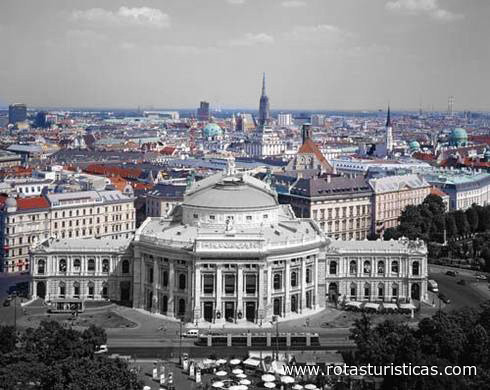 |
Casa de Mariposas |
| 4,6 Km |
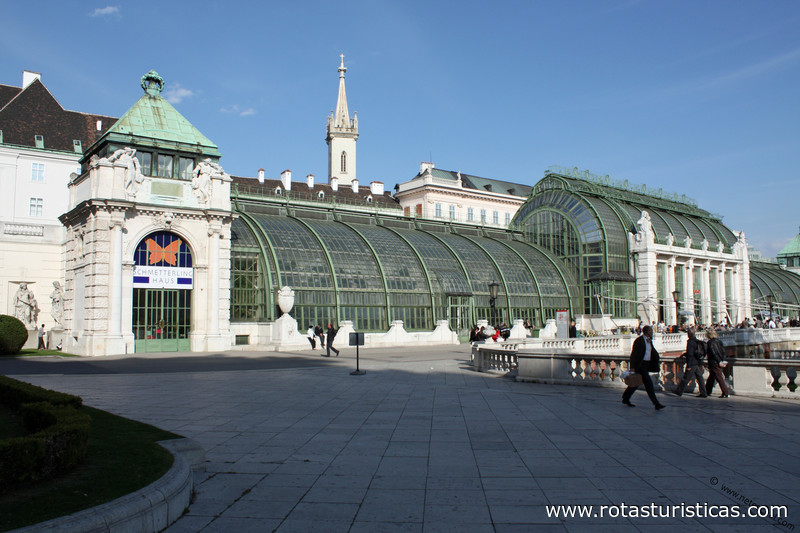 |
Pabellones de Stadtbahn de Otto Wagner |
| 4,6 Km |
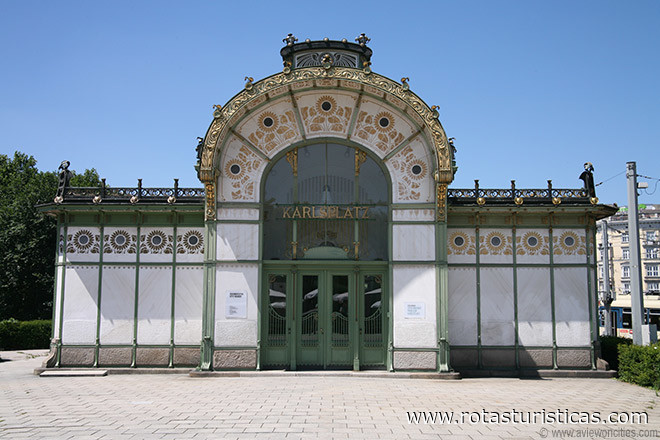 |
Karlsplatz (Viena) |
| 4,6 Km |
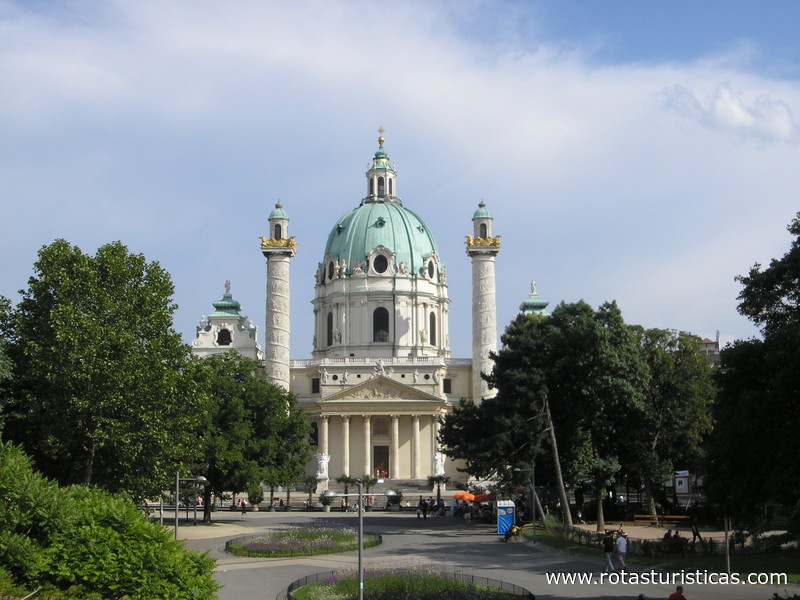 |
Tesoro Imperial Viena |
| 4,7 Km |
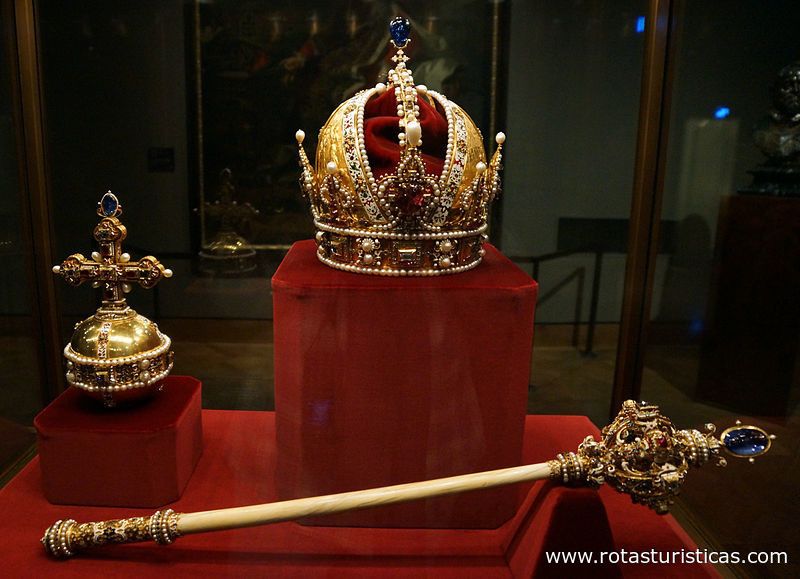 |
Albertina |
| 4,7 Km |
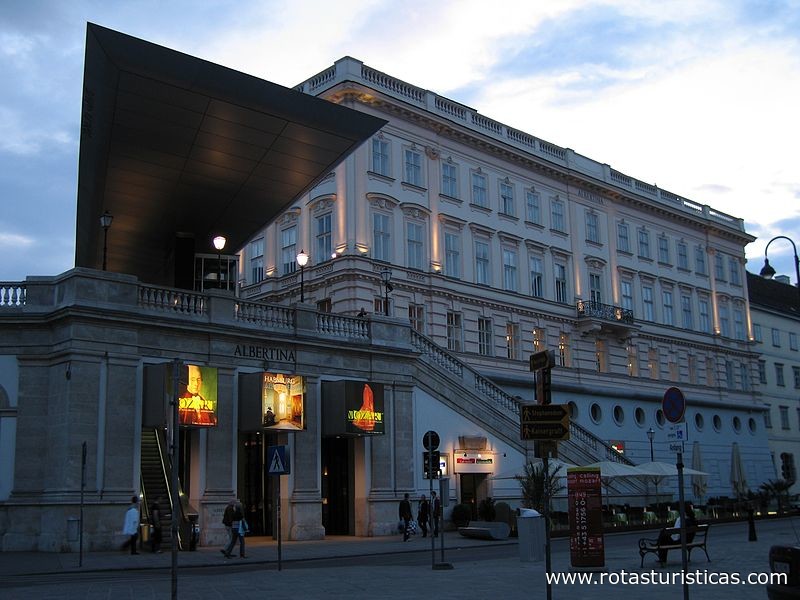 |
Iglesia de los Hermanos Agustinos (Viena) |
| 4,7 Km |
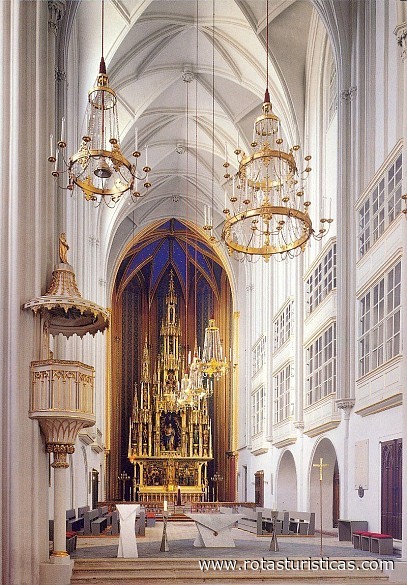 |
Museo Sisi (Viena) |
| 4,7 Km |
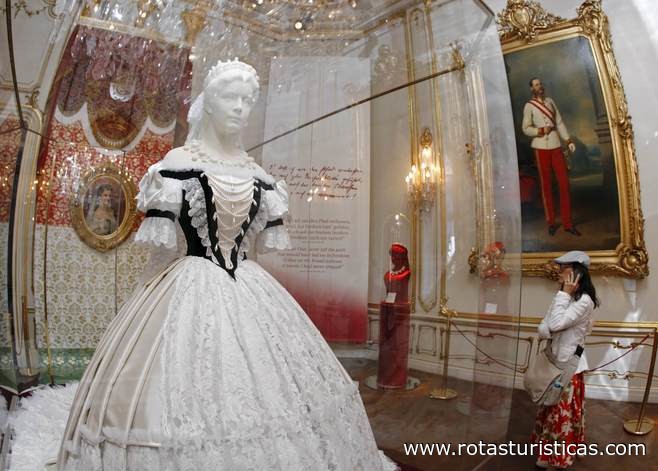 |
Casa del artista (Viena) |
| 4,7 Km |
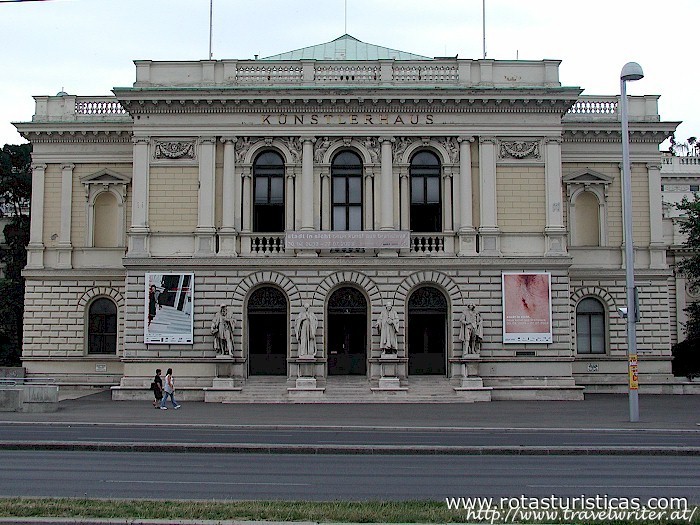 |
Casa del artista |
| 4,7 Km |
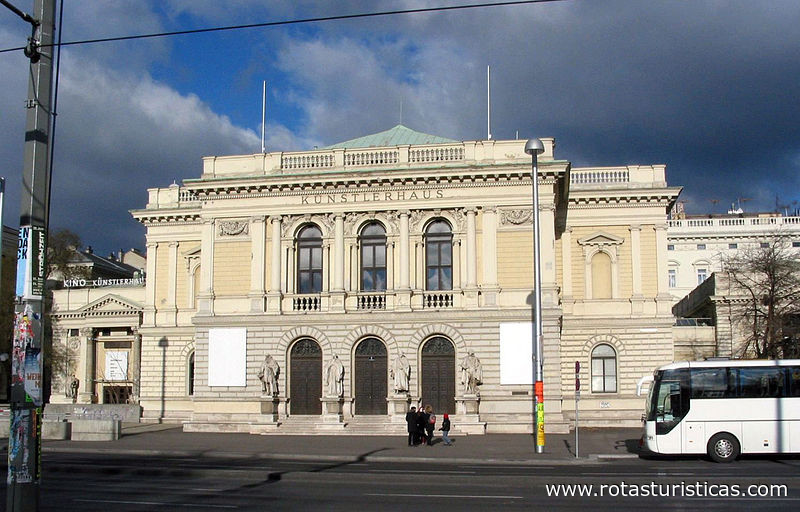 |
Museo de Cine de Austria |
| 4,7 Km |
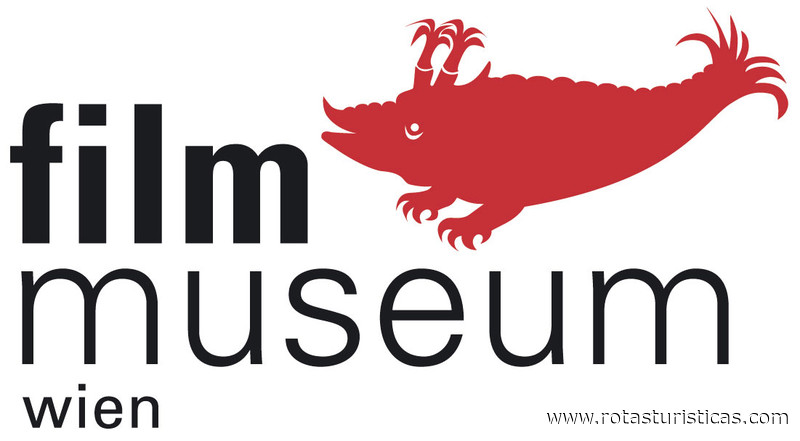 |
Phantastenmuseum (Viena) |
| 4,8 Km |
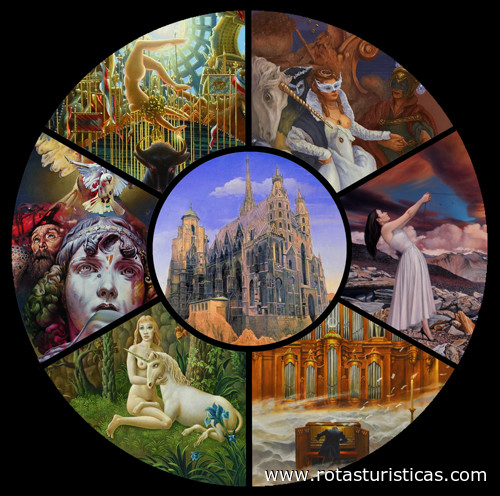 |
Universidad de Viena (Viena) |
| 4,8 Km |
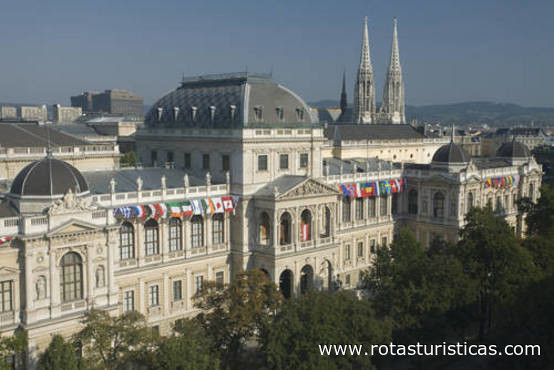 |
Museo del Teatro Austriaco |
| 4,8 Km |
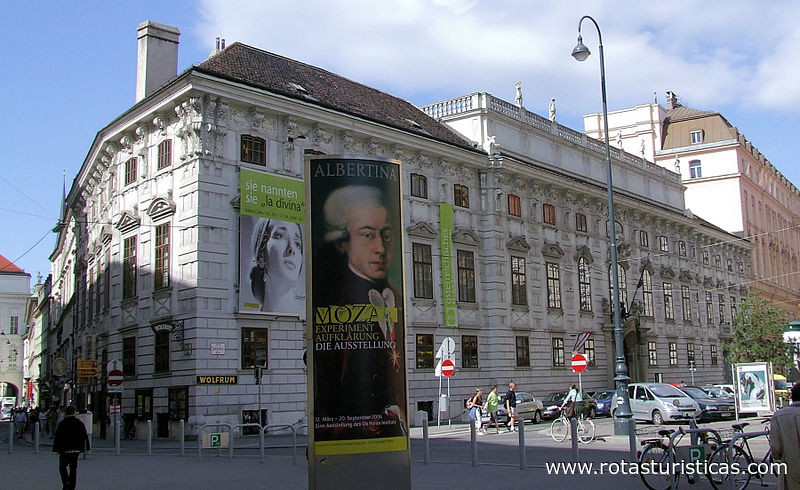 |
Museo Karlsplatz de Viena |
| 4,8 Km |
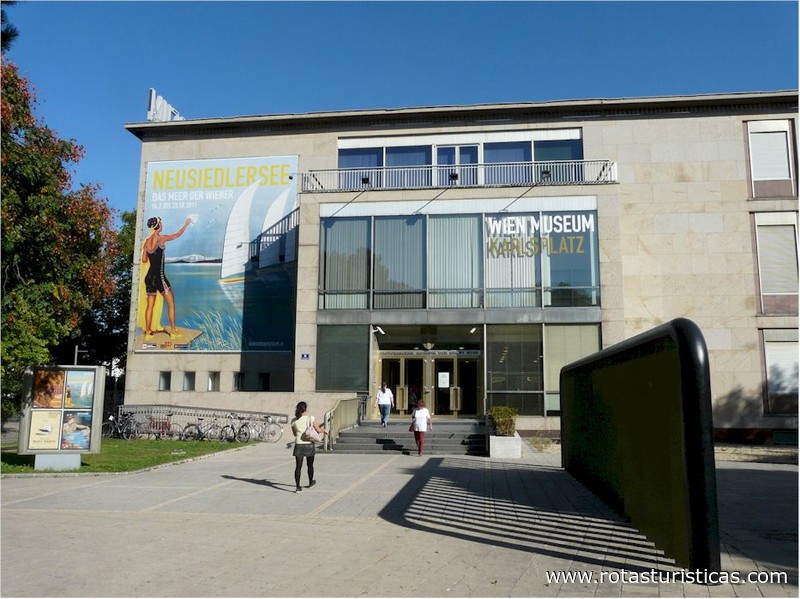 |
Beethoven Pasqualatihaus |
| 4,8 Km |
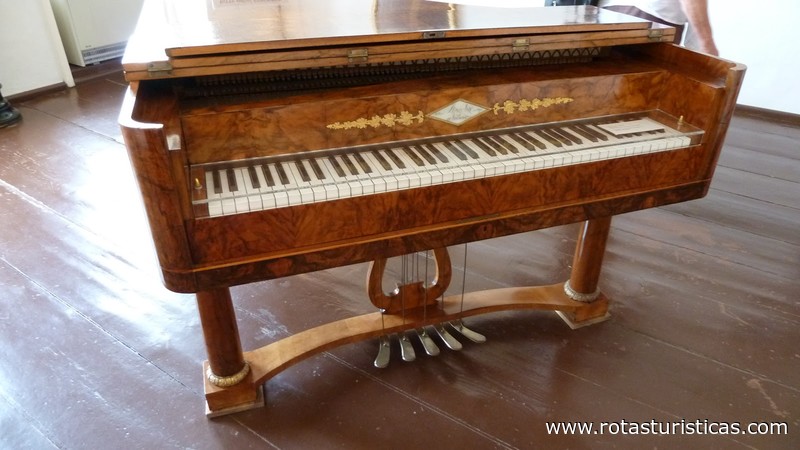 |
Departamento de Lenguas Planificadas y Museo del Esperanto |
| 4,8 Km |
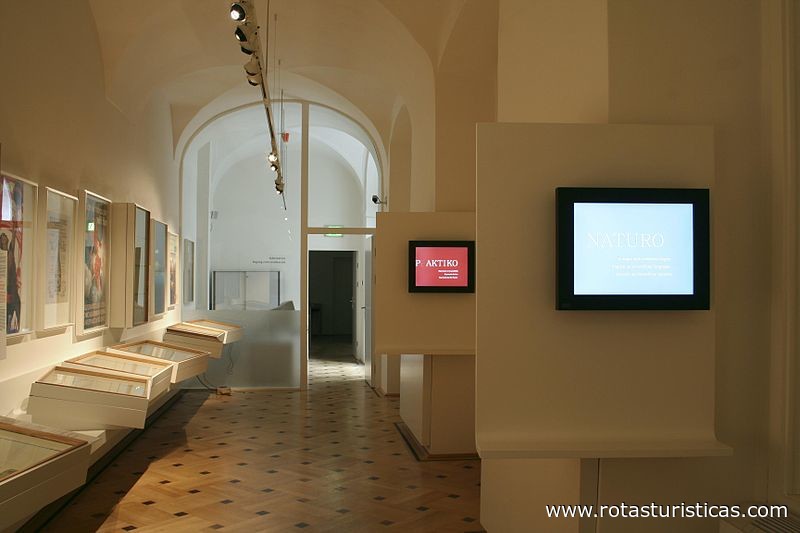 |
Museo del Globo |
| 4,8 Km |
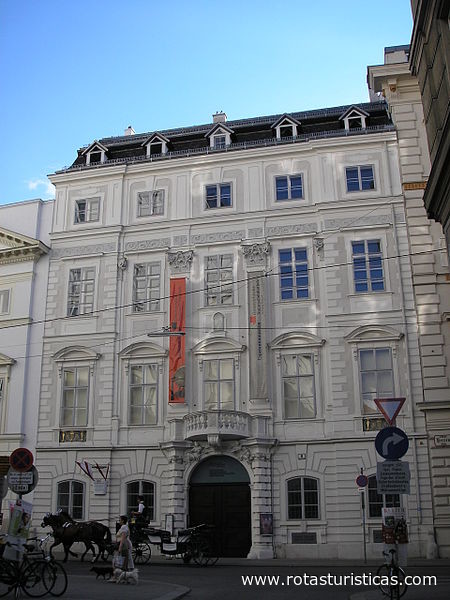 |
Museo Funerario de Viena |
| 4,8 Km |
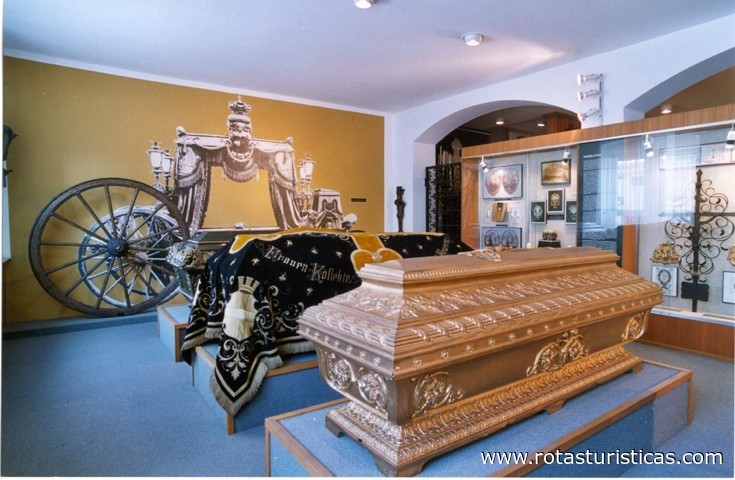 |
Palacio Imperial de Hofburg (Viena) |
| 4,9 Km |
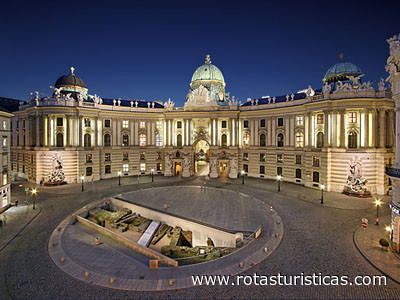 |
Museo Judío de Viena |
| 4,9 Km |
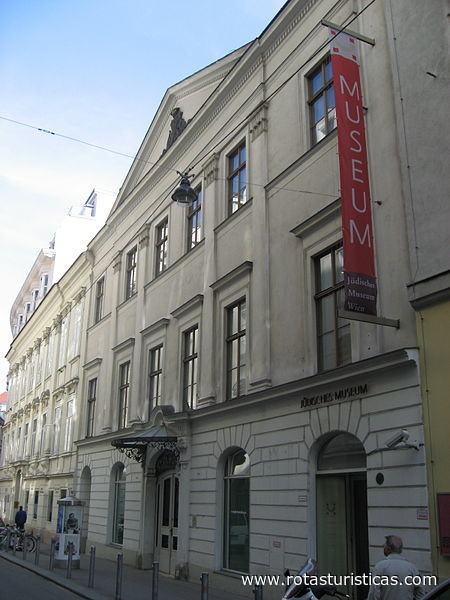 |
Viajes en el tiempo Viena (Viena) |
| 4,9 Km |
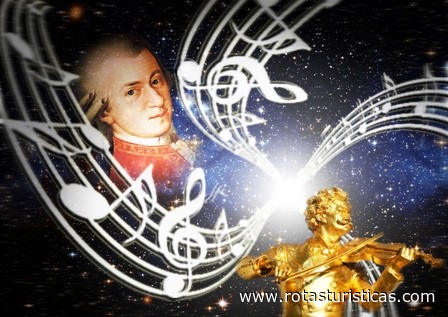 |
Museo en la Abadía de los Escoceses (Viena) |
| 4,9 Km |
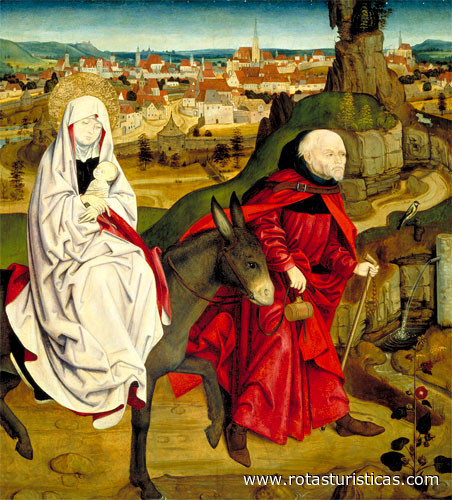 |
Bank Austria Kunstforum Wien |
| 5,0 Km |
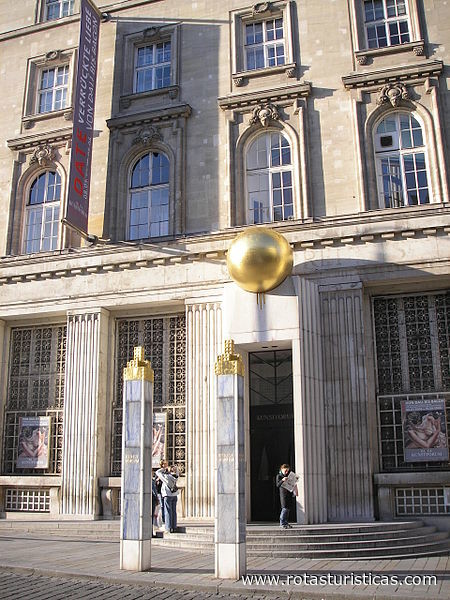 |
Casa de la Música |
| 5,0 Km |
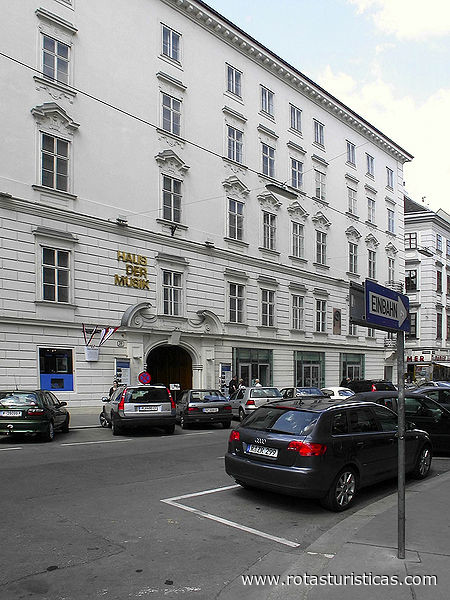 |
Museo Ernst Fuchs (Viena) |
| 5,0 Km |
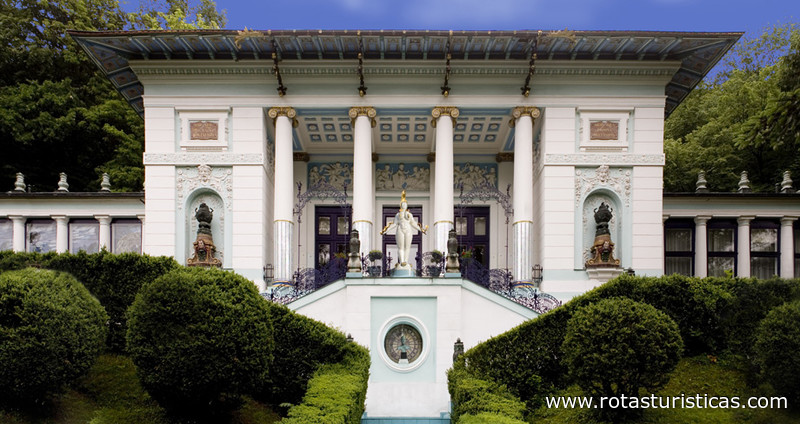 |
Museo de Bomberos (Viena) |
| 5,1 Km |
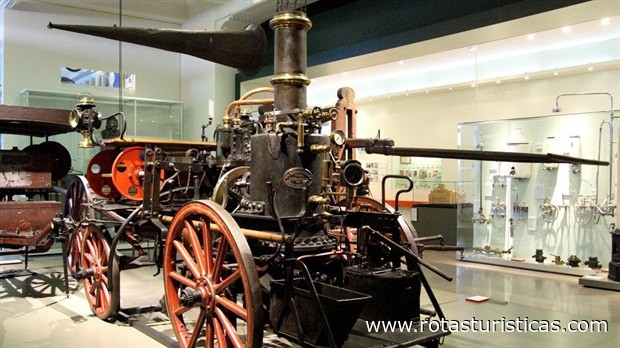 |
Josephinum (Viena) |
| 5,1 Km |
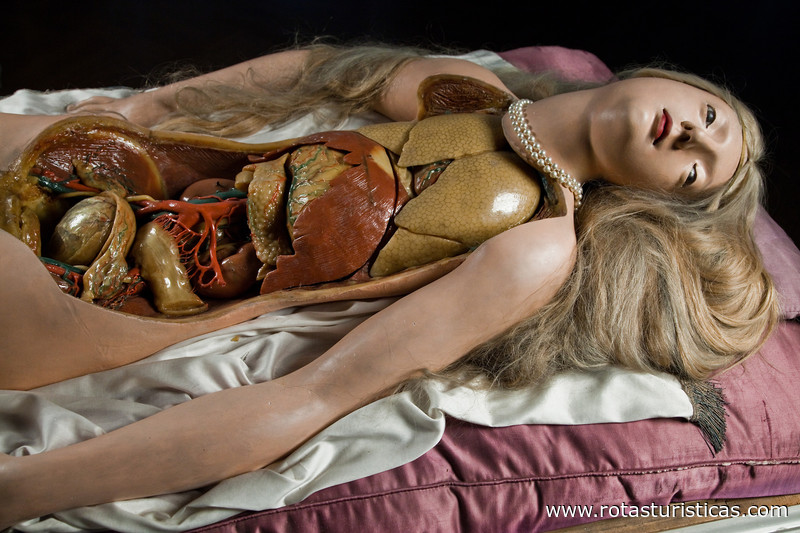 |
Reloj museo |
| 5,1 Km |
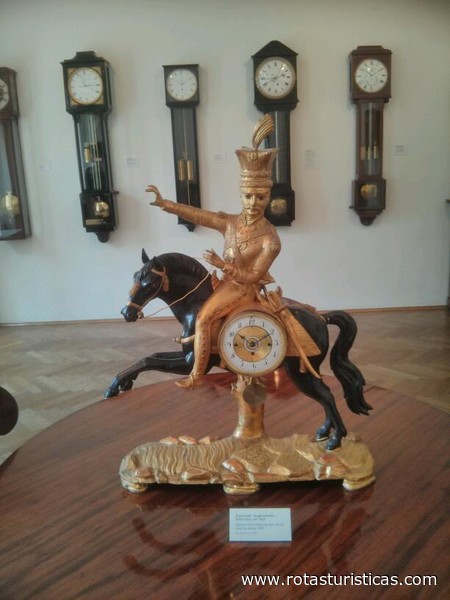 |
Centro Arnold Schönberg |
| 5,1 Km |
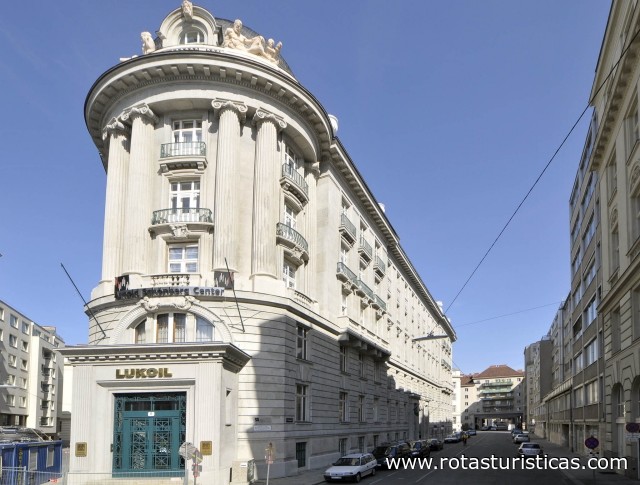 |
Hermesvilla |
| 5,1 Km |
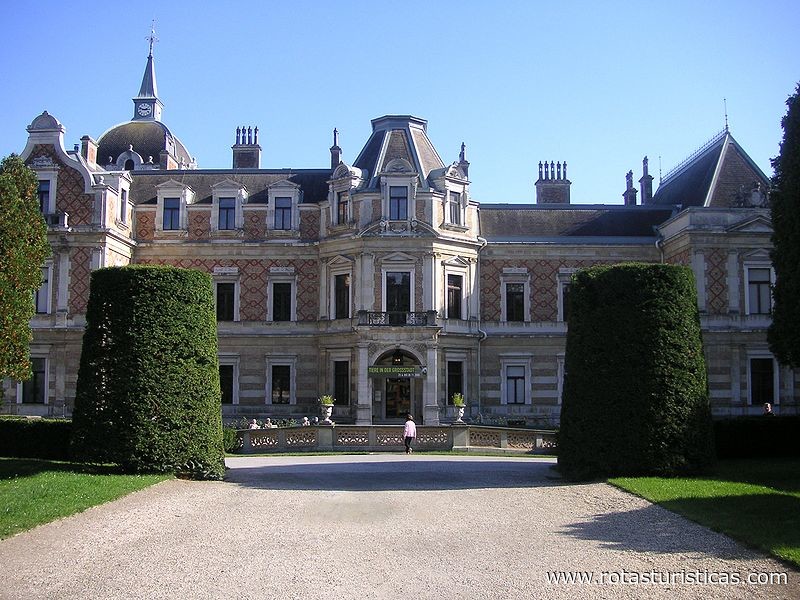 |
Catedral de San Esteban (Viena) |
| 5,2 Km |
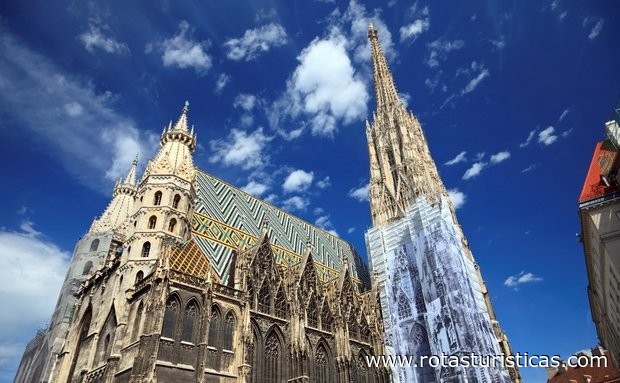 |
Austria |
| 5,2 Km |
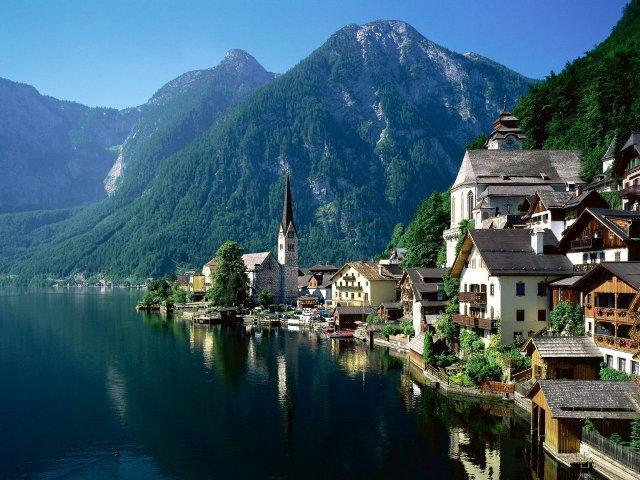 |
Casa de los frescos de Neidhart (Viena) |
| 5,2 Km |
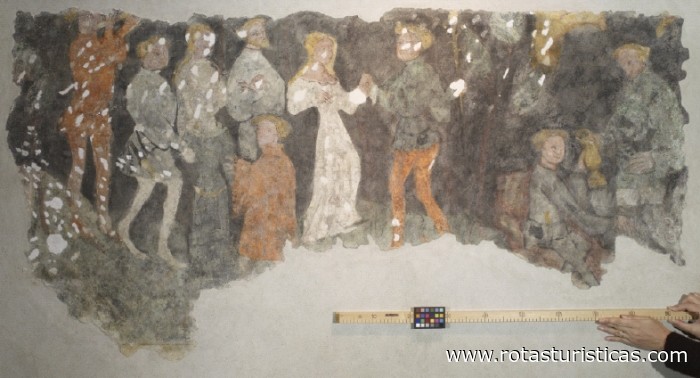 |
Catedral de San Esteban (Viena) |
| 5,2 Km |
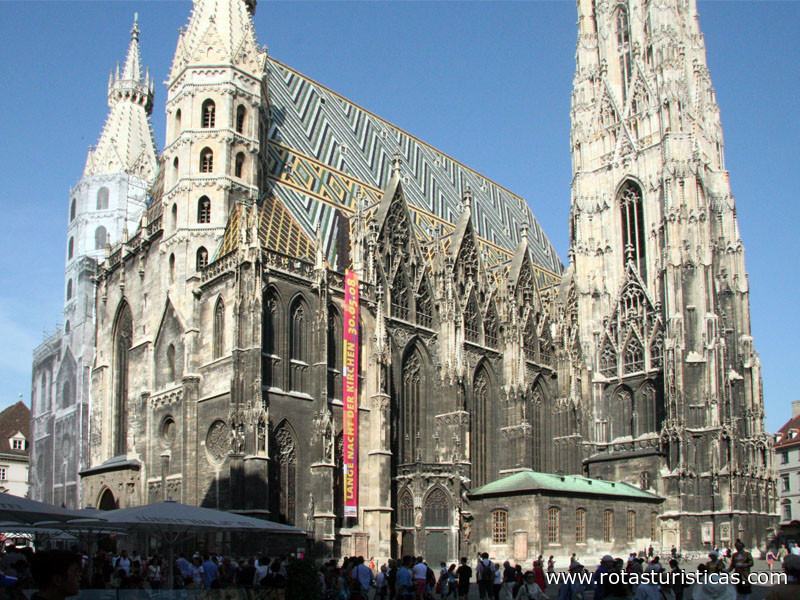 |
Museo de la Catedral (Viena) |
| 5,3 Km |
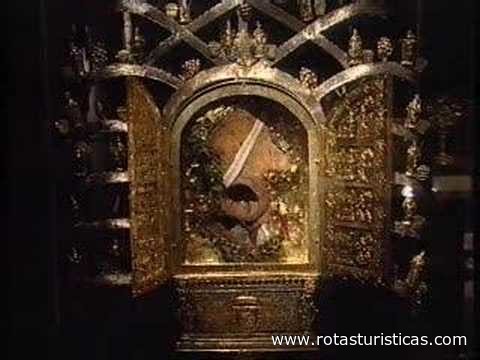 |
Museo Sigmund Freud |
| 5,3 Km |
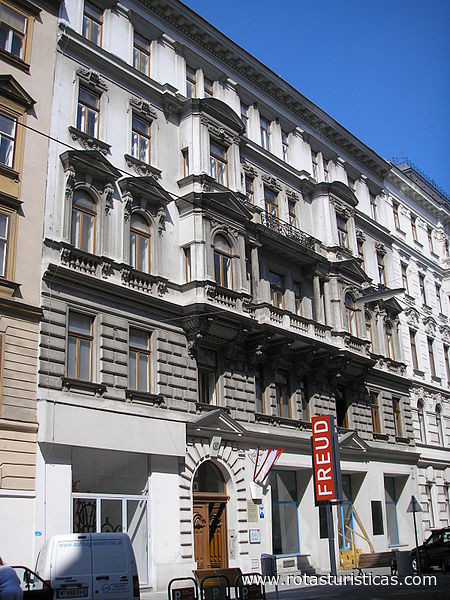 |
Mozarthaus Viena |
| 5,3 Km |
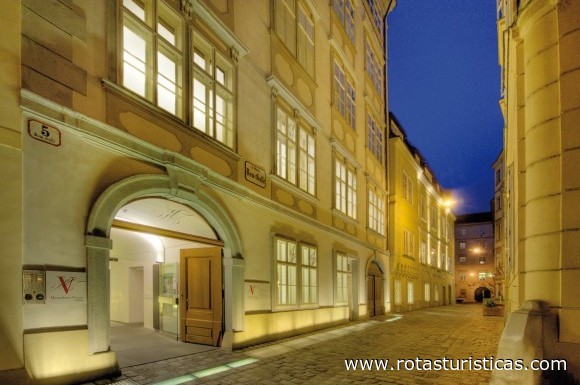 |
Museo Romano en el Hohen Markt (Viena) |
| 5,3 Km |
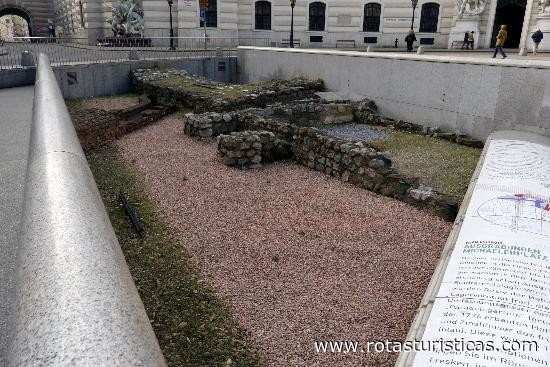 |
Reloj Anker (Viena) |
| 5,4 Km |
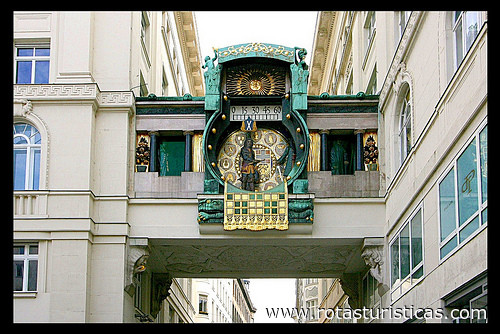 |
Monumento a Johann Strauss (Viena) |
| 5,4 Km |
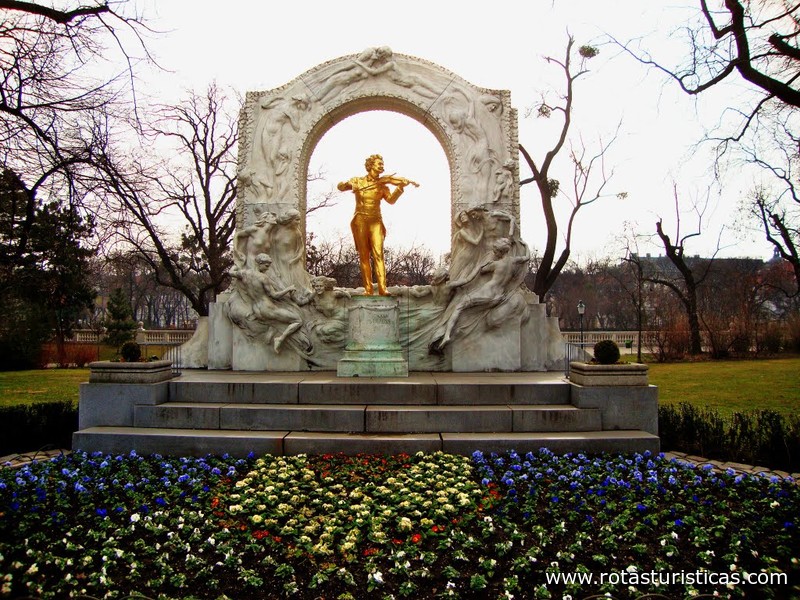 |
Jardín del Palacio de Liechtenstein (Viena) |
| 5,5 Km |
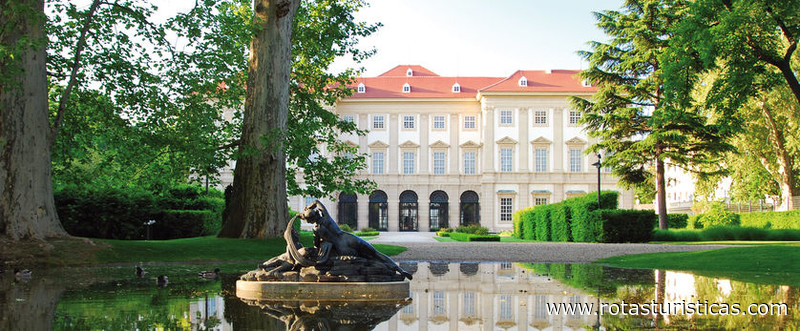 |
Museo de Historia Militar de Viena |
| 5,6 Km |
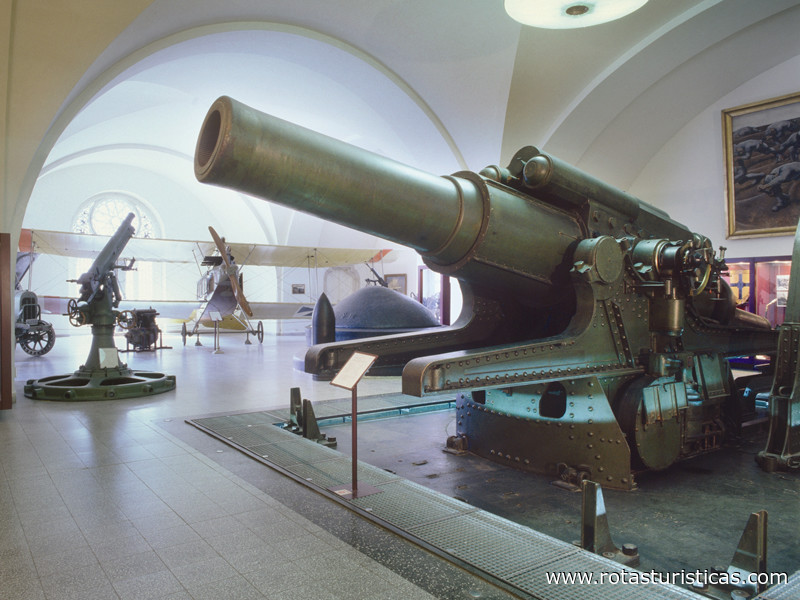 |
Forja Vieja (Viena) |
| 5,6 Km |
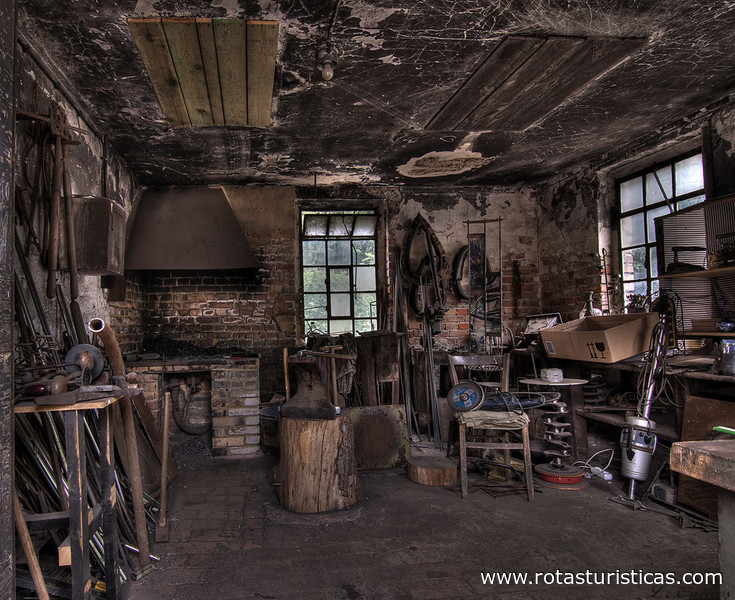 |
Museo de Historia Militar |
| 5,7 Km |
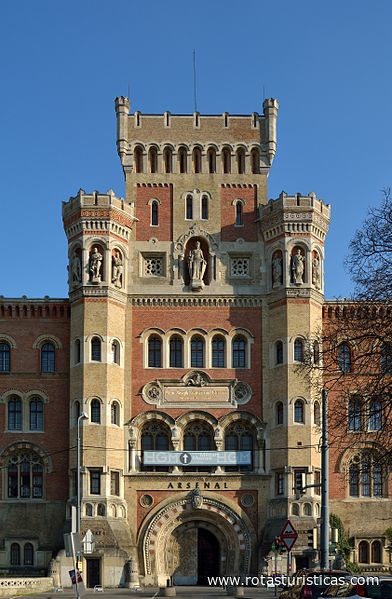 |
Río de Danubio (Viena) |
| 5,8 Km |
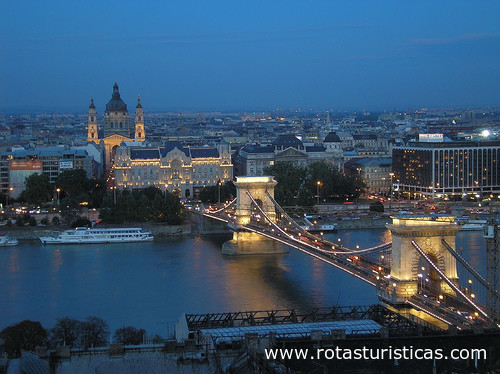 |
Wagner Werk (Viena) |
| 5,8 Km |
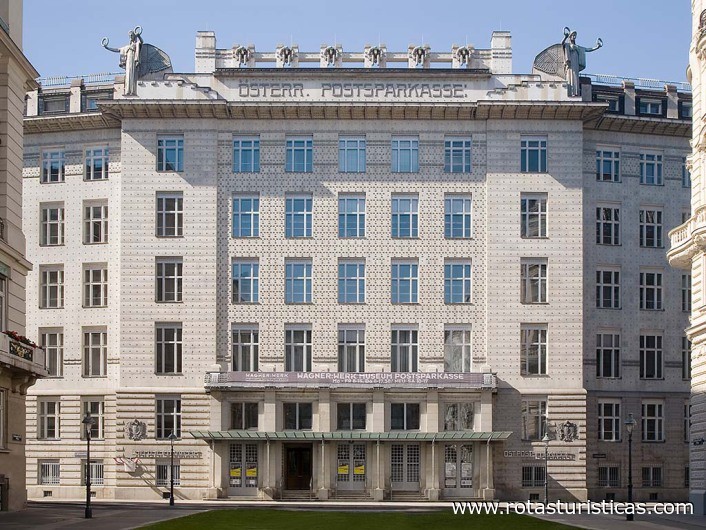 |
Museo del Crimen (Viena) |
| 6,1 Km |
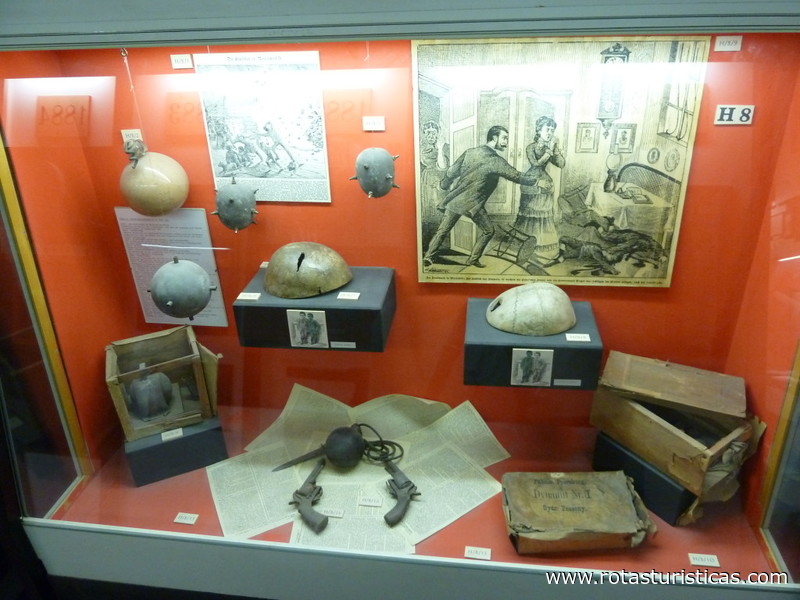 |
Museo del Crimen de Viena |
| 6,1 Km |
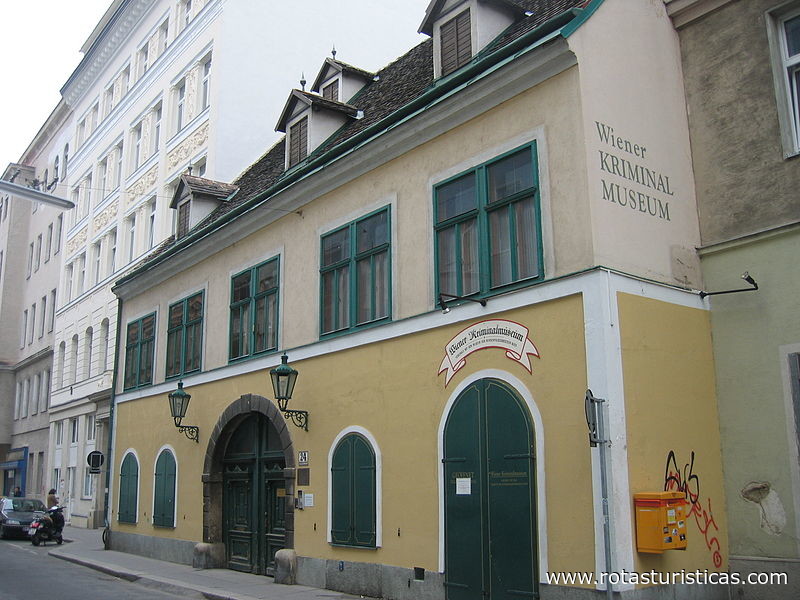 |
Fábrica de porcelana Augarten (Viena) |
| 6,3 Km |
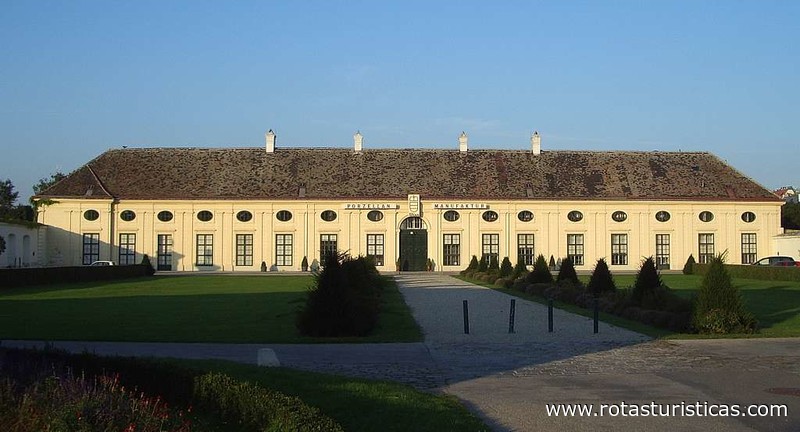 |
Casa Wittgenstein (Viena) |
| 6,4 Km |
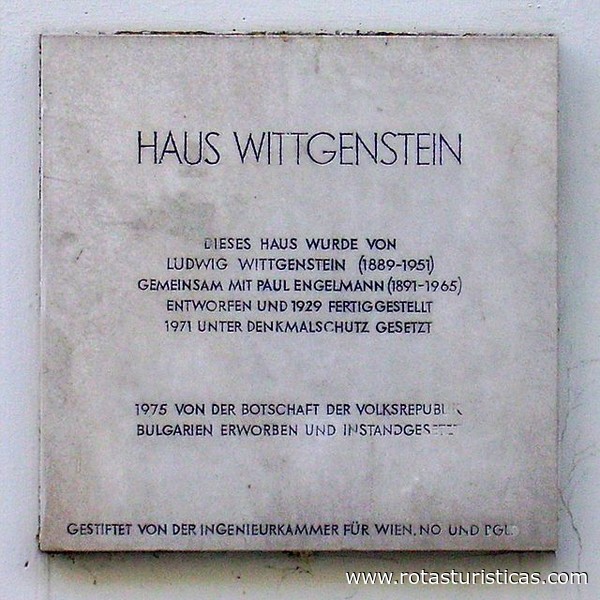 |
Casa Hundertwasser (Viena) |
| 6,6 Km |
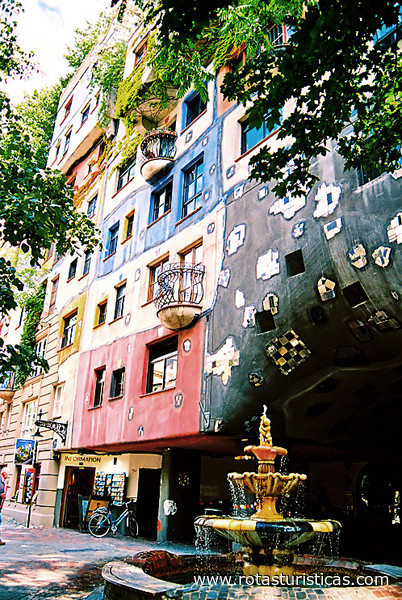 |
Kunsthauswien |
| 6,7 Km |
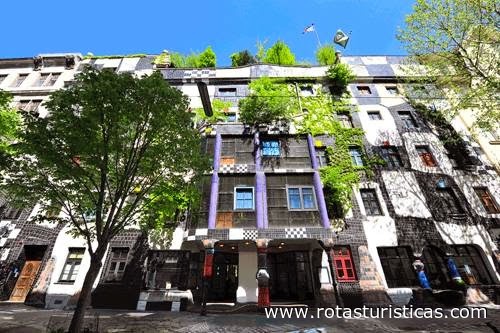 |
Cementerio de St. Marx (Viena) |
| 6,7 Km |
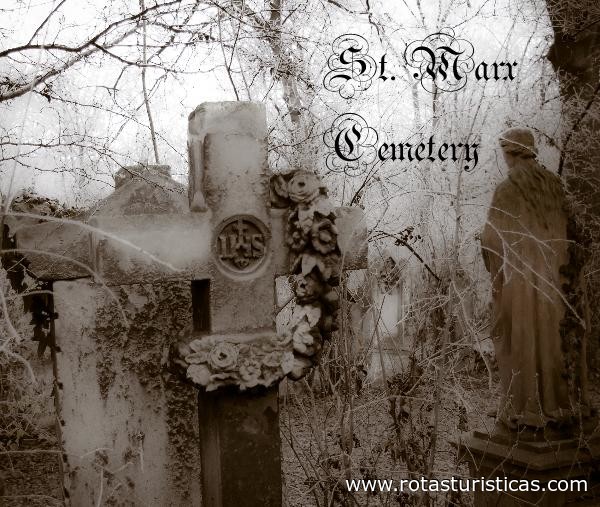 |
Museo Prater (Viena) |
| 7,0 Km |
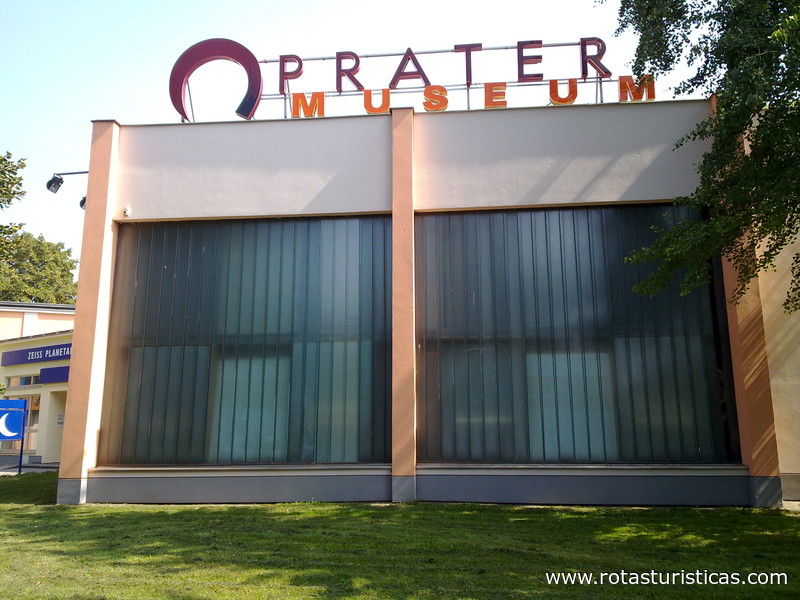 |
Planetario Zeiss Viena |
| 7,1 Km |
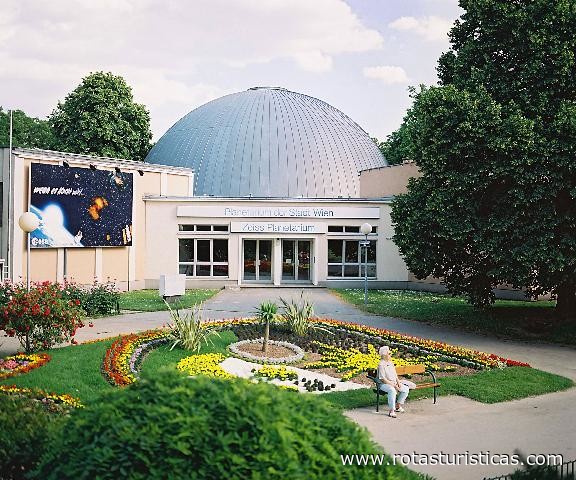 |
La rueda gigante y su plaza (Viena) |
| 7,2 Km |
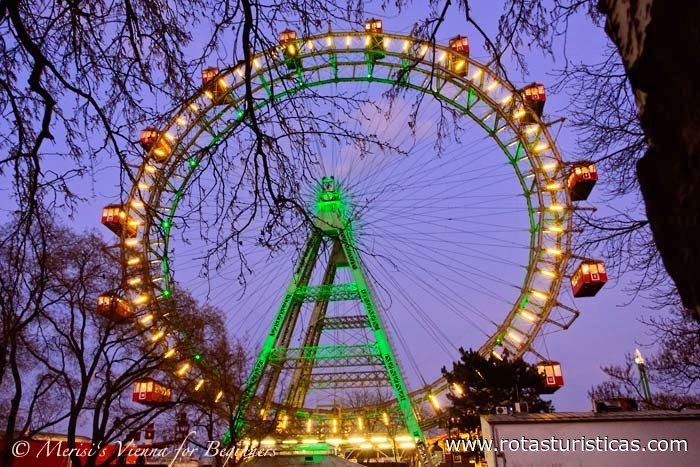 |
Madame Tussauds (Viena) |
| 7,2 Km |
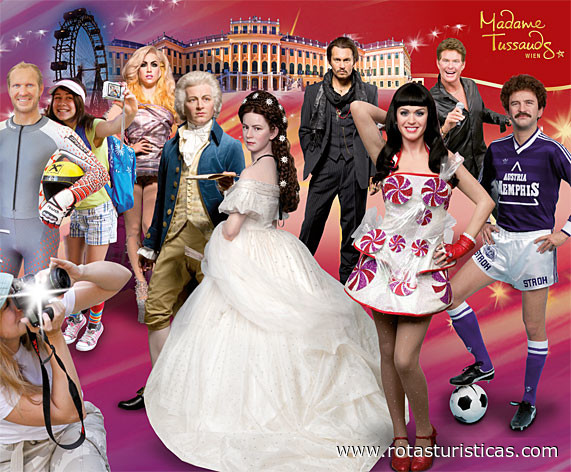 |
Museo del tranvía de Viena (Viena) |
| 7,3 Km |
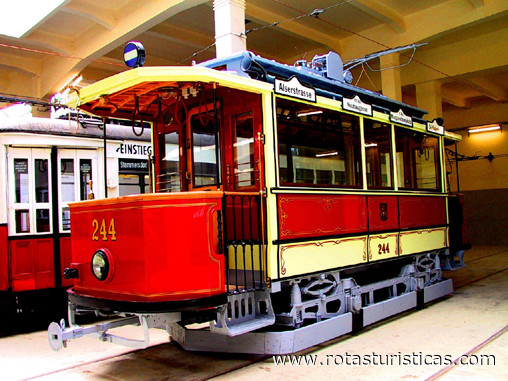 |
Museo en Lavandería (Viena) |
| 8,2 Km |
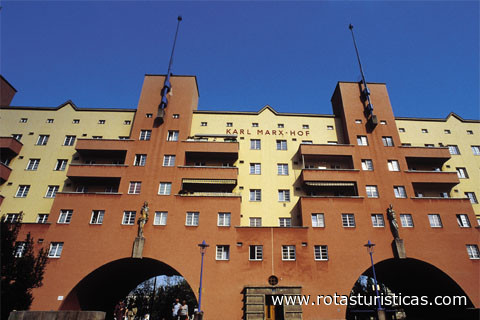 |
Centro Islámico - Mezquita (Viena) |
| 9,2 Km |
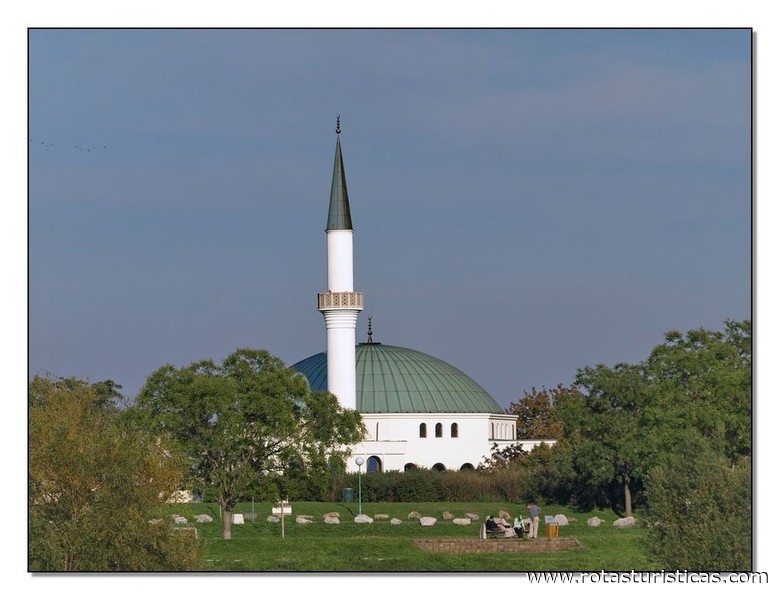 |
Torre del Danubio (Viena) |
| 9,5 Km |
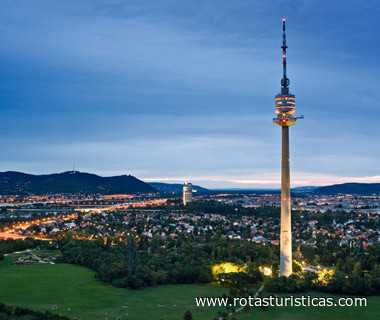 |
Essl Museum Kunst Der Gegenwart |
| 13,1 Km |
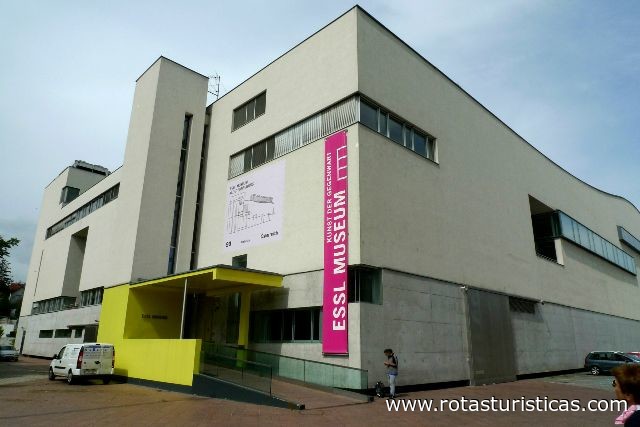 |
Museo del Arte - Arte del Regalo (Klosterneuburg) |
| 13,1 Km |
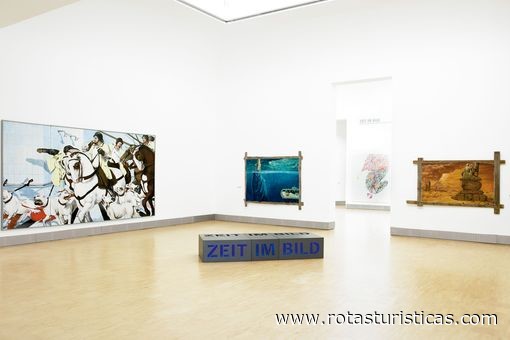 |
Cementerio de los Sin Nombre (Viena) |
| 14,4 Km |
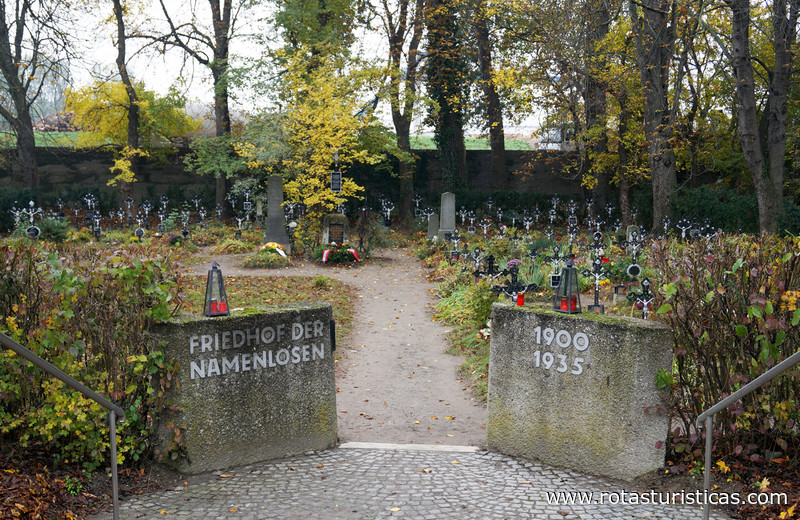 |
Hotel reservation near Schönbrunn Castle within a radius of 20 km
Why to book with RUTAS TURISTICAS
The best prices
Our partnerships with the world´s largest operators offer research on the best market prices.
More options
At Rotas Turisticos you can book the hotel, buy the air ticket, book the transfer from the airport to the hotel and vice versa, book the local excursions, rent the car, take travel insurance and consult the places to visit and where to go.
Holiday Tips & Destinations
Hundreds of holiday destinations with all the options that allow you to easily choose the destination that best suits your dream vacation.
RUTAS TURISTICAS
Links


